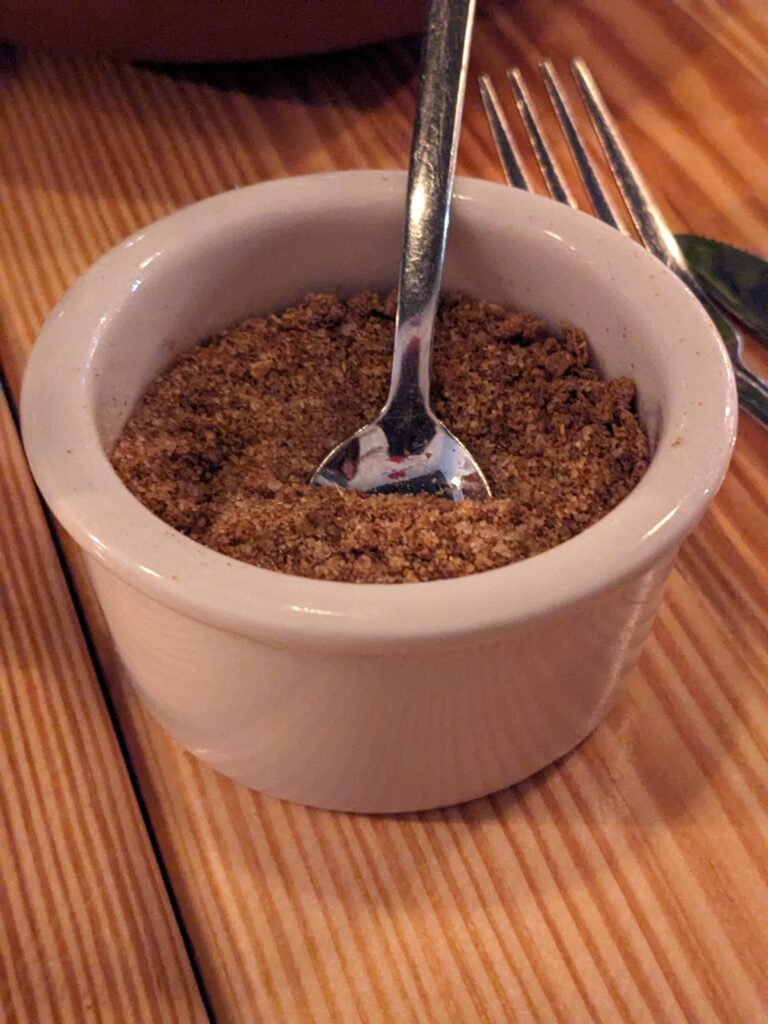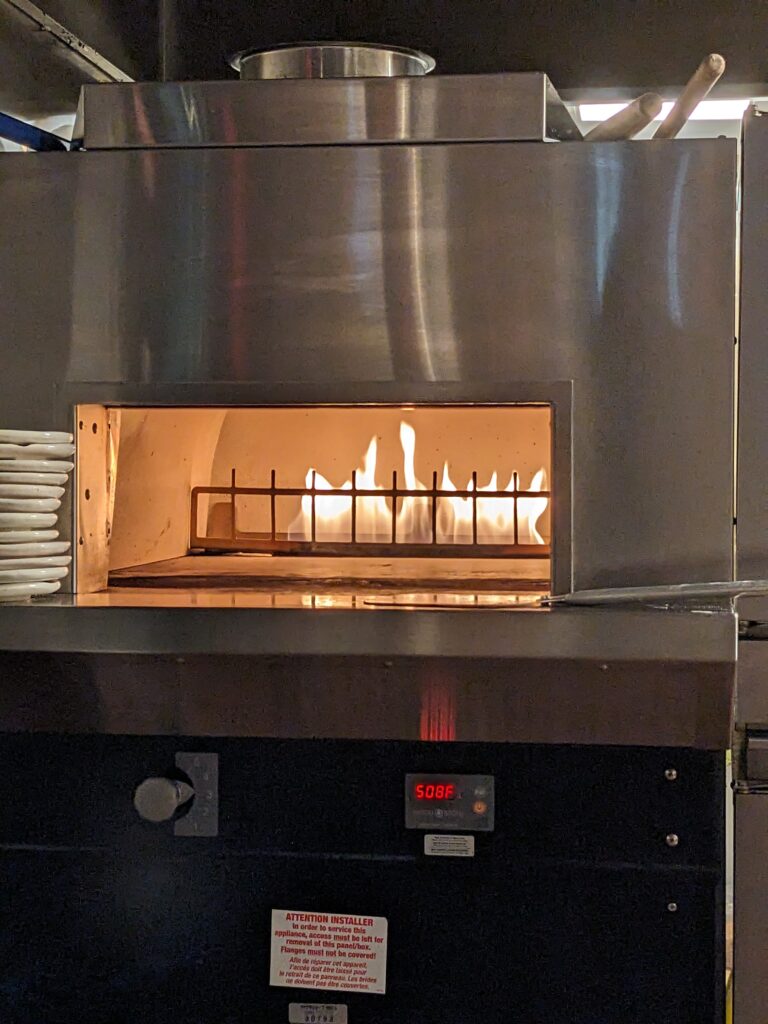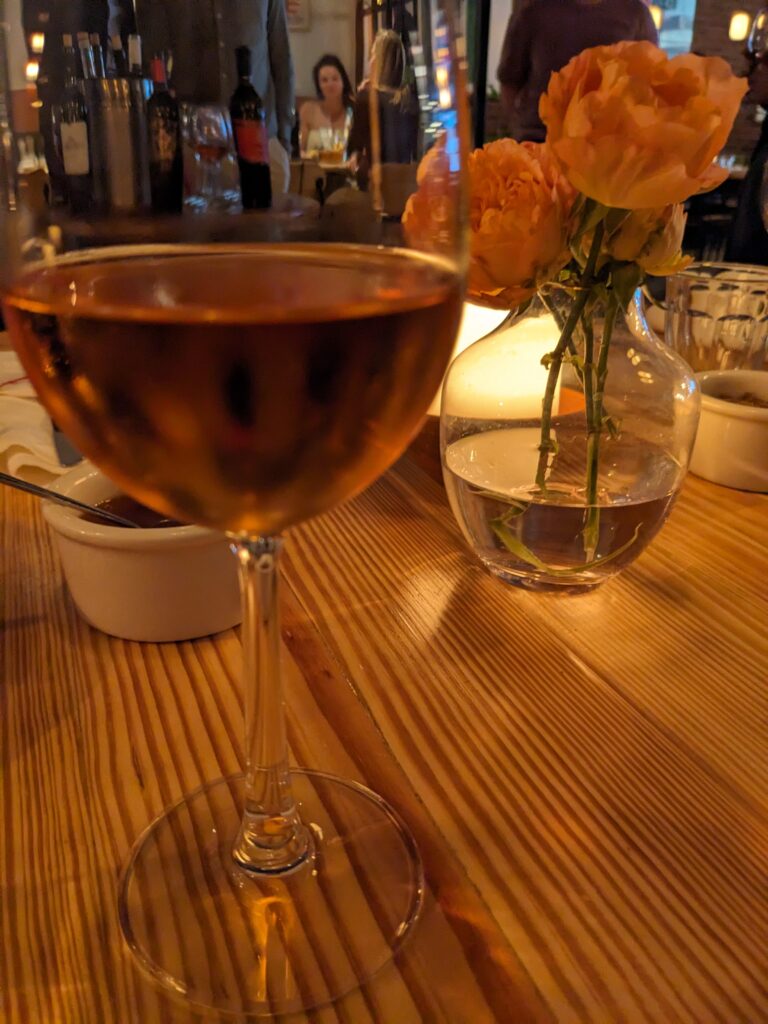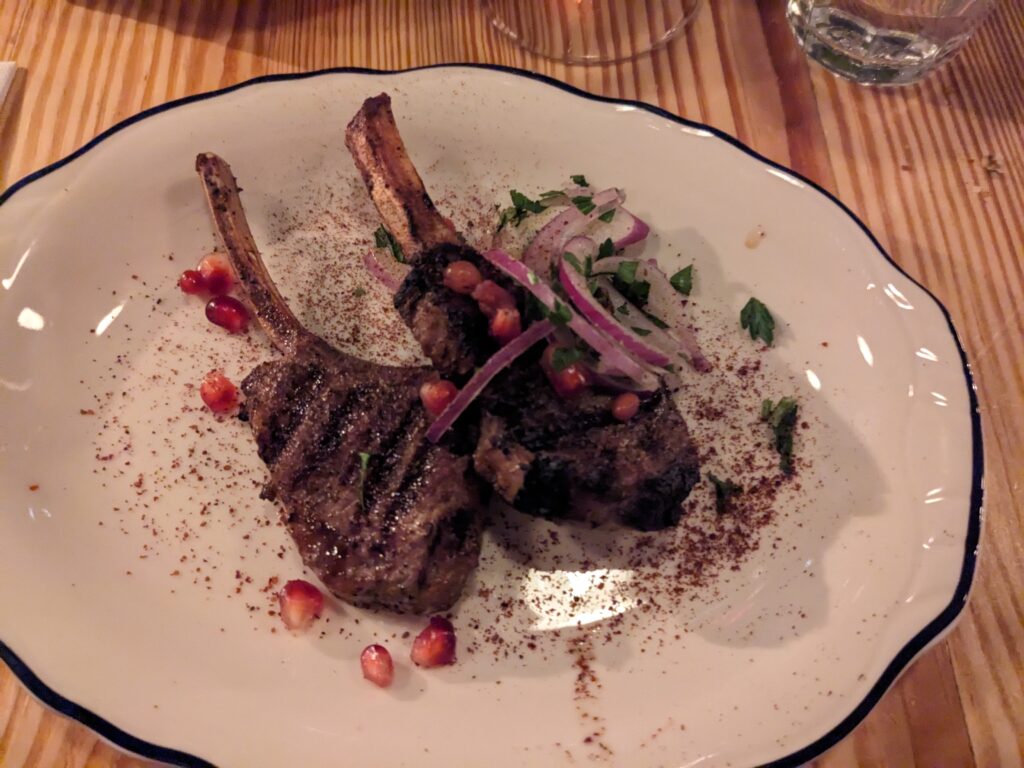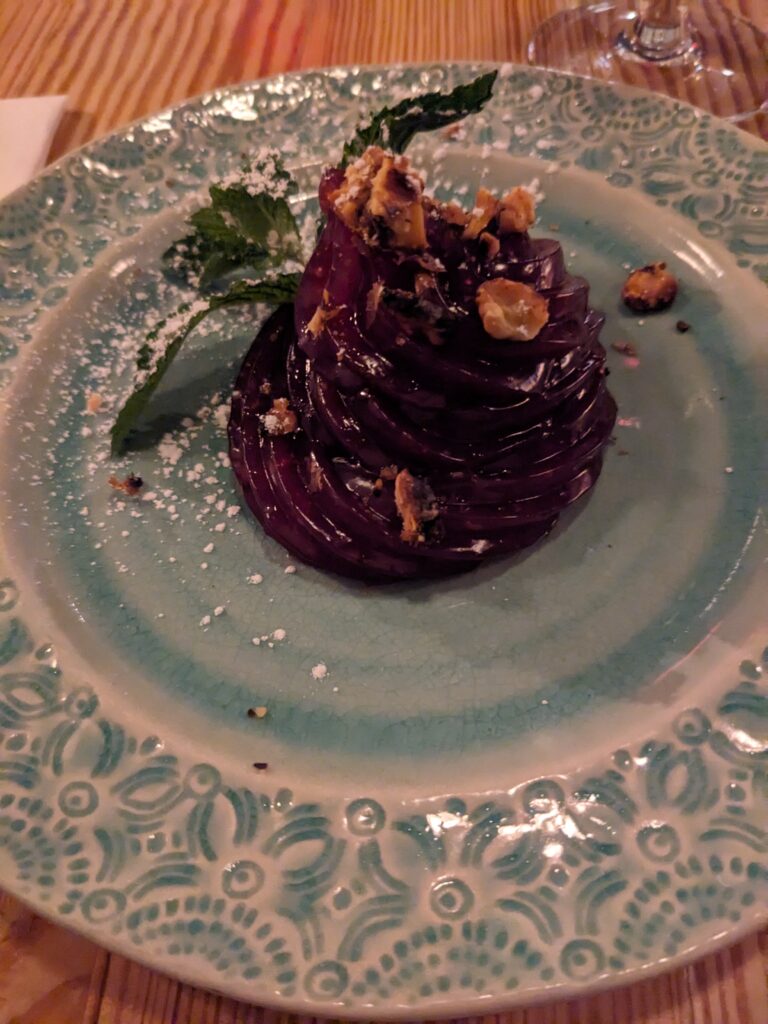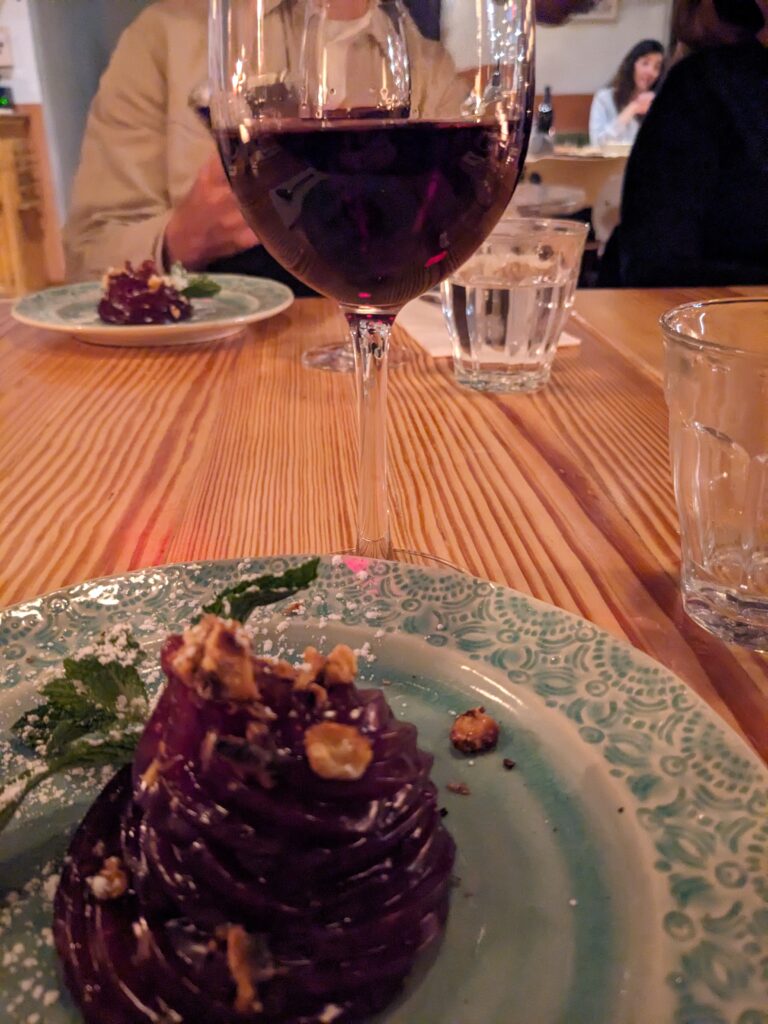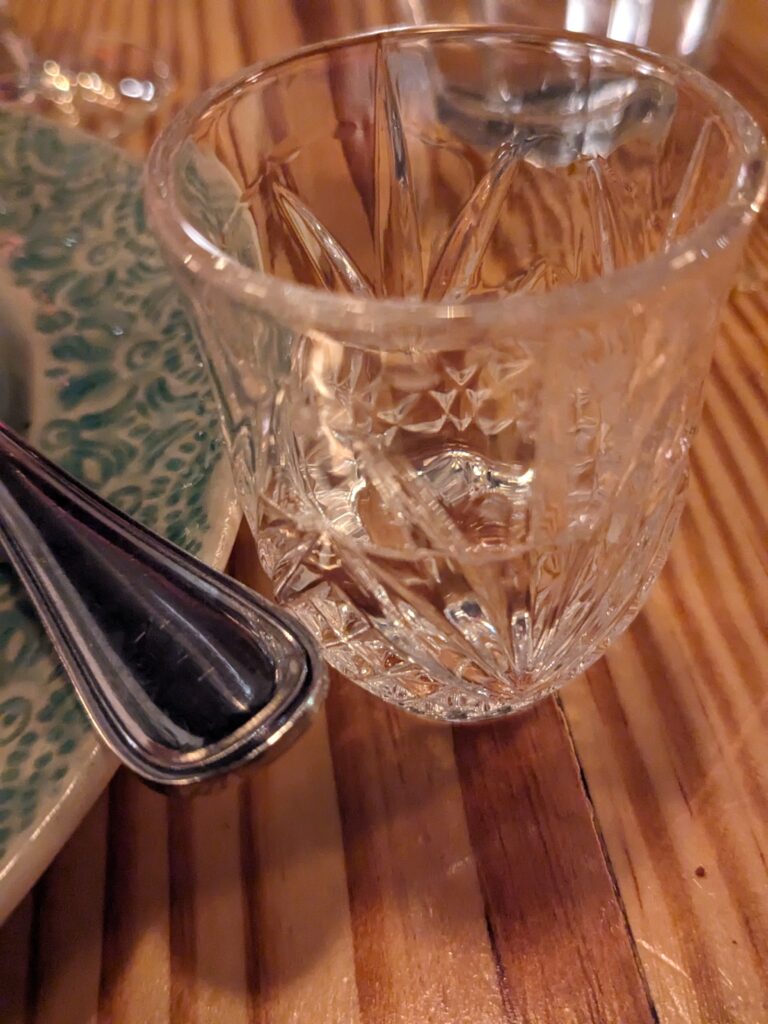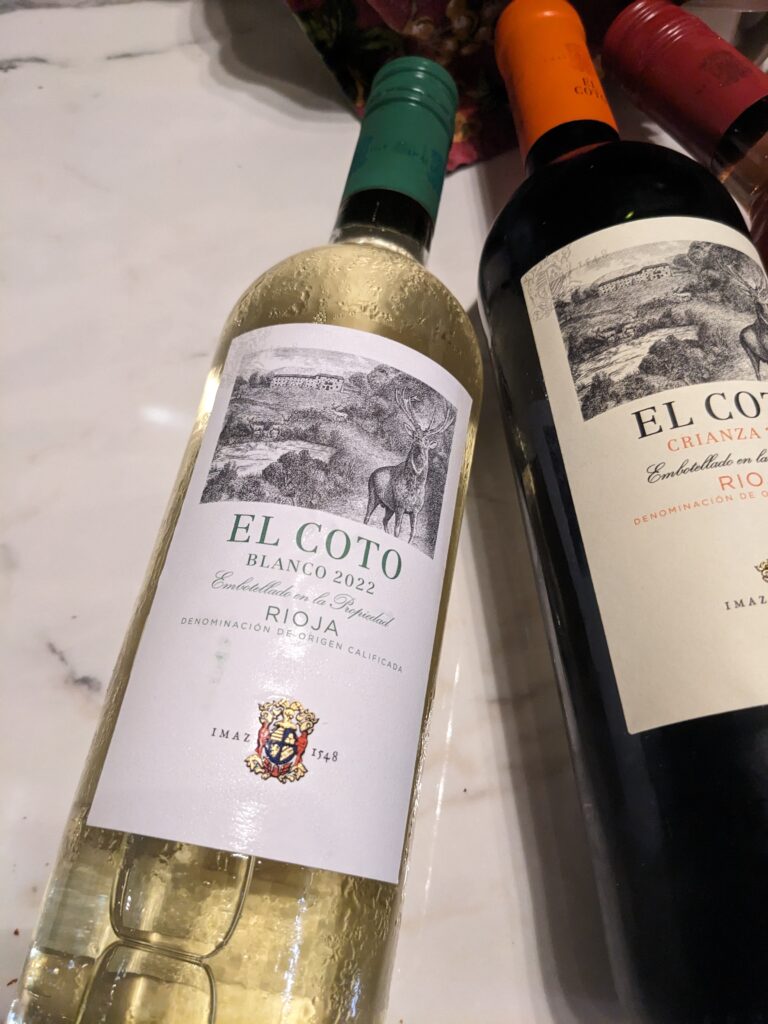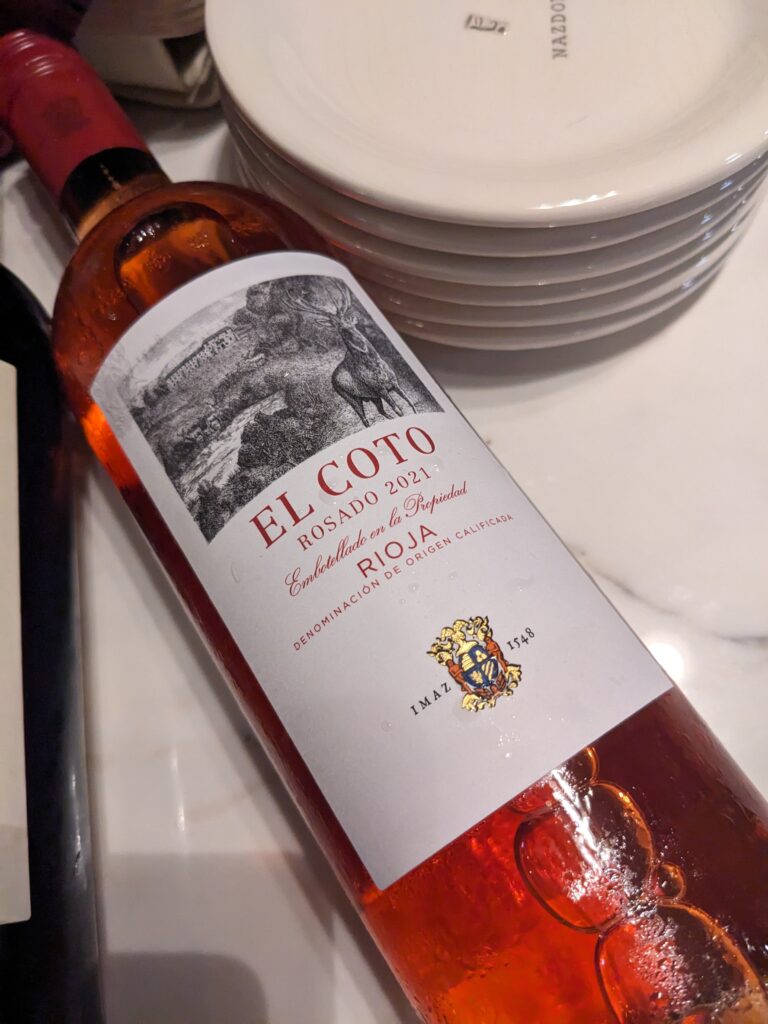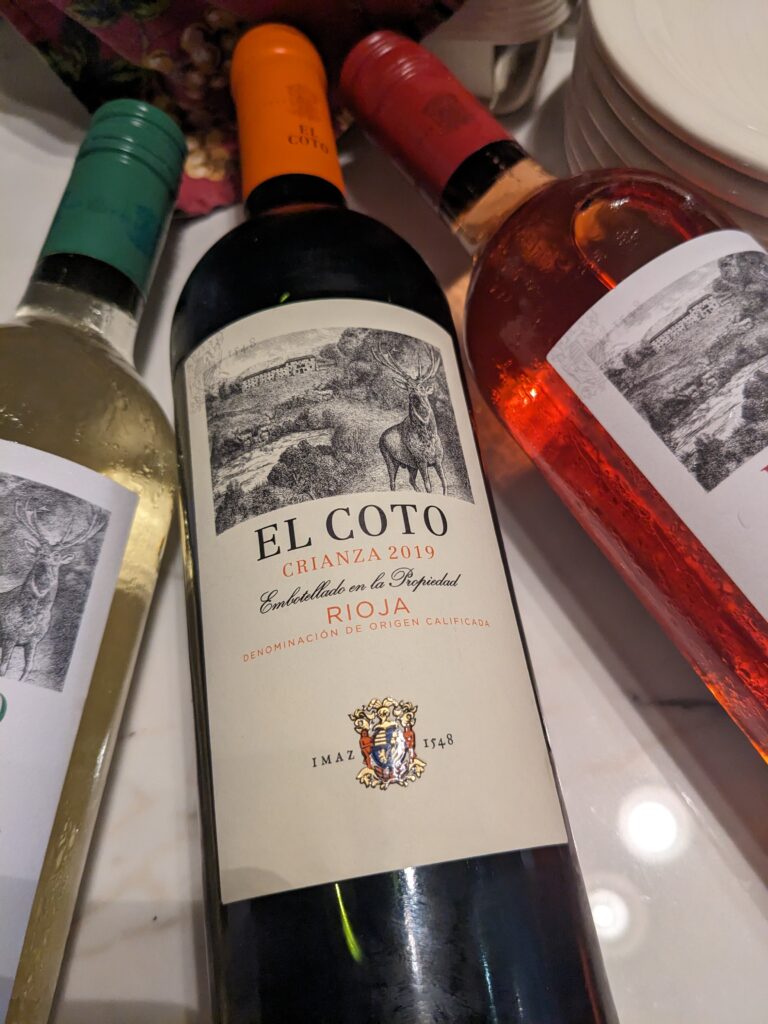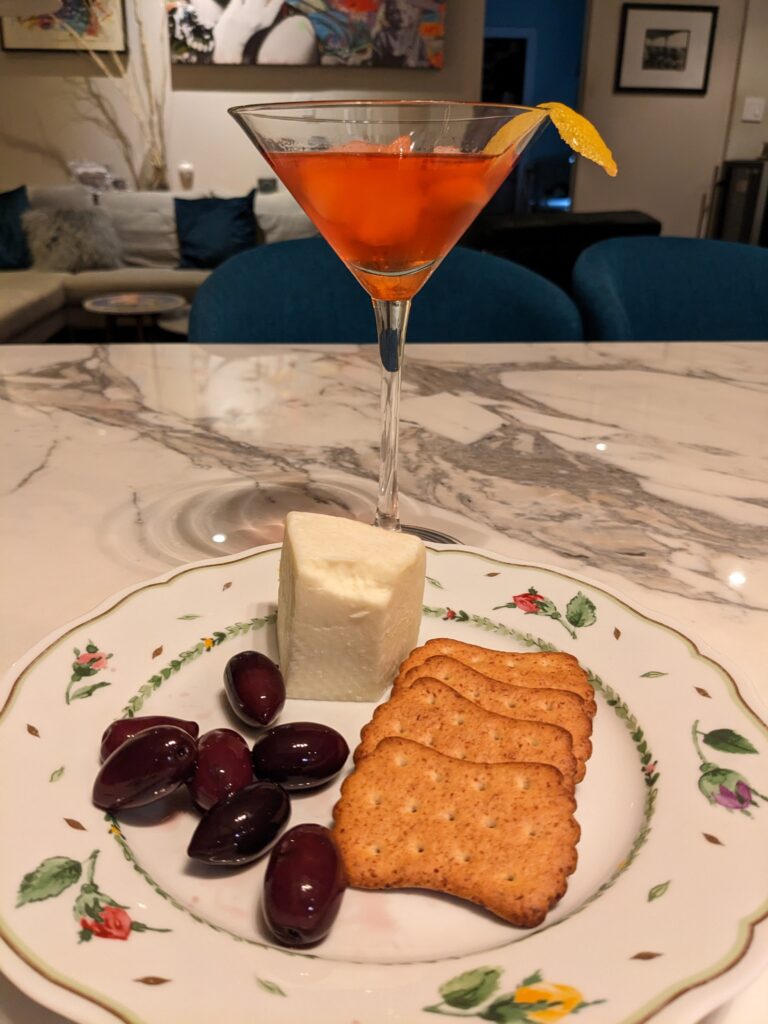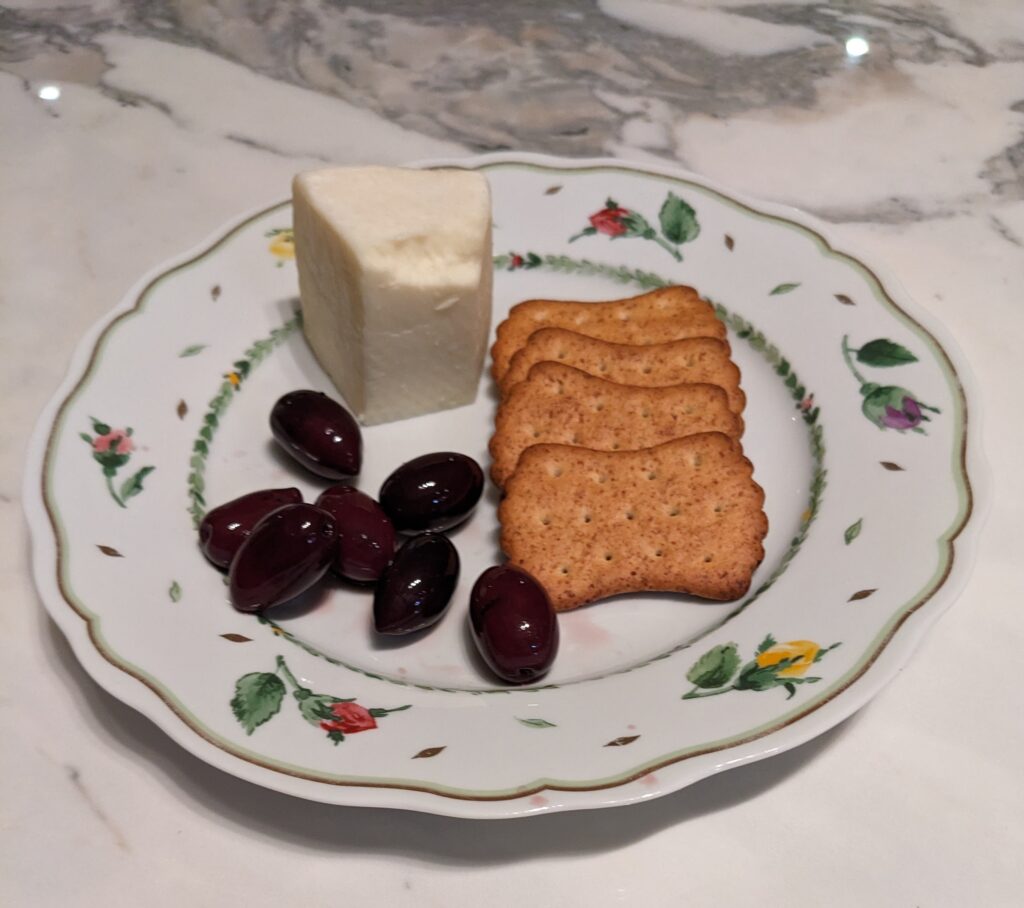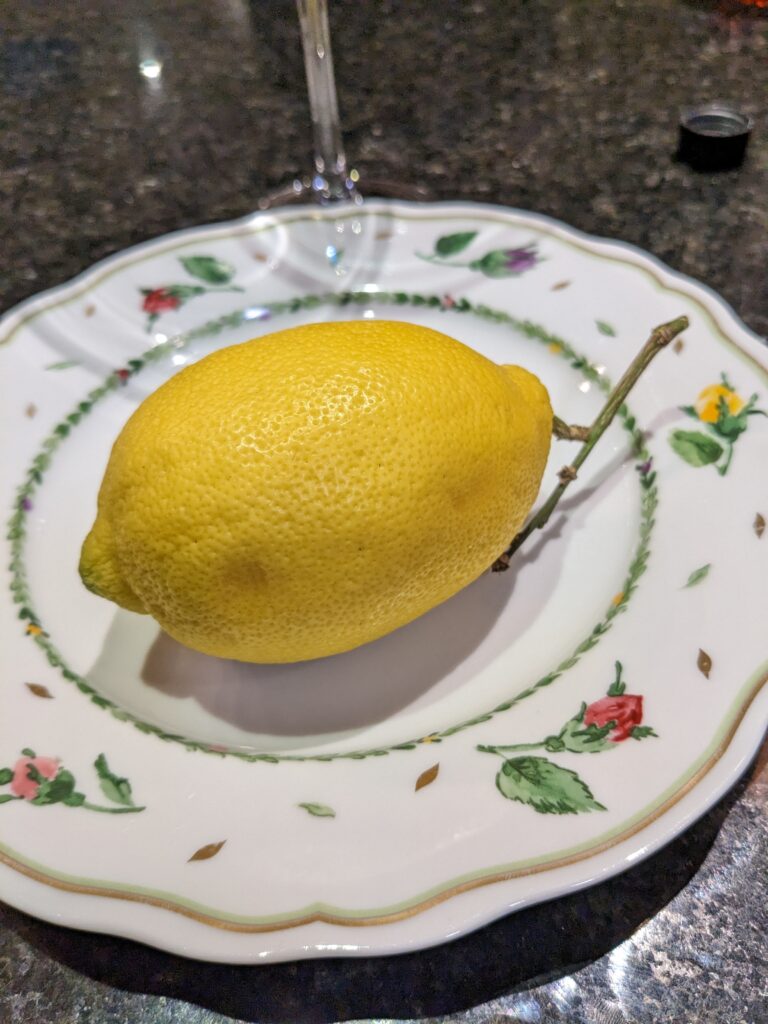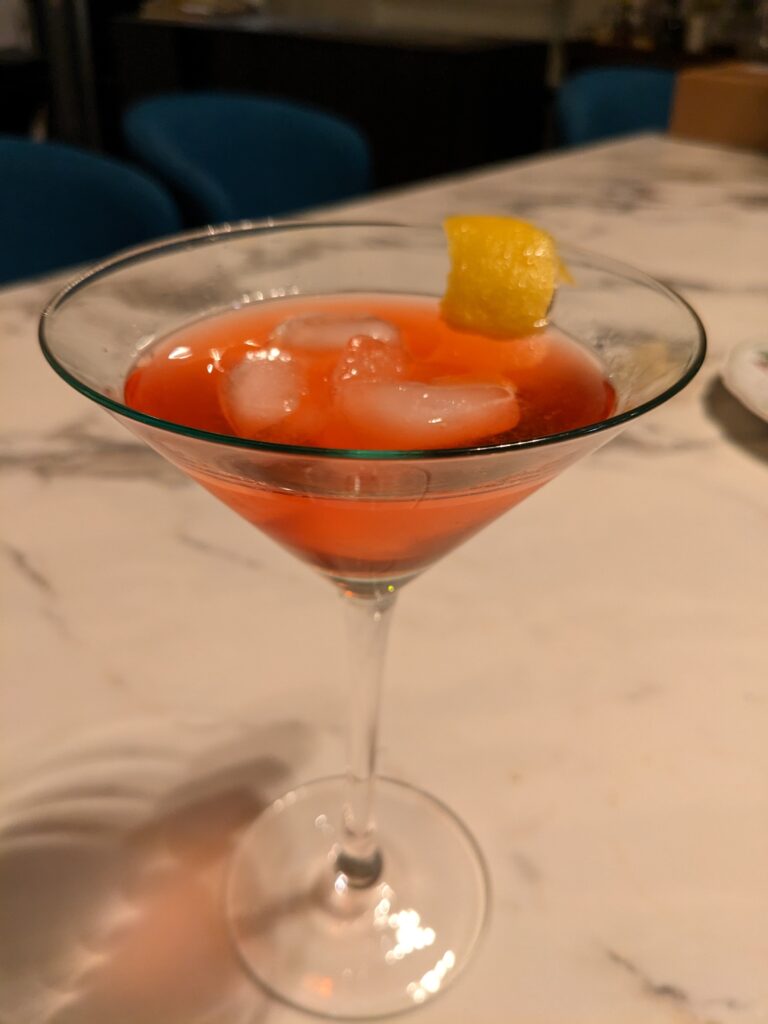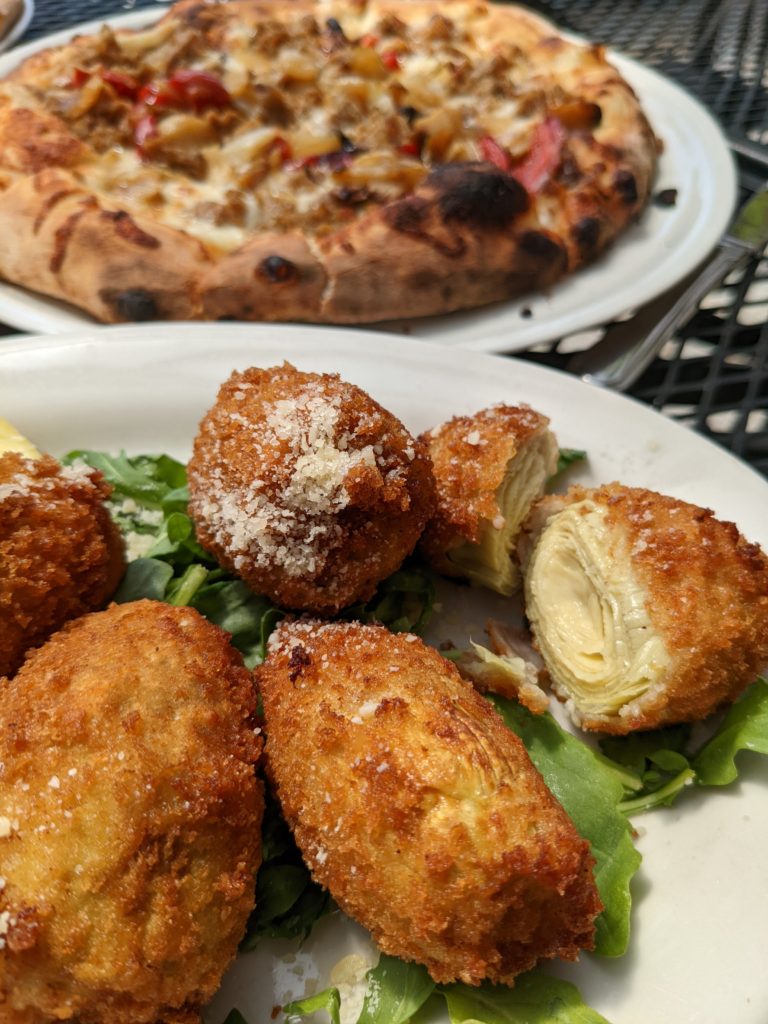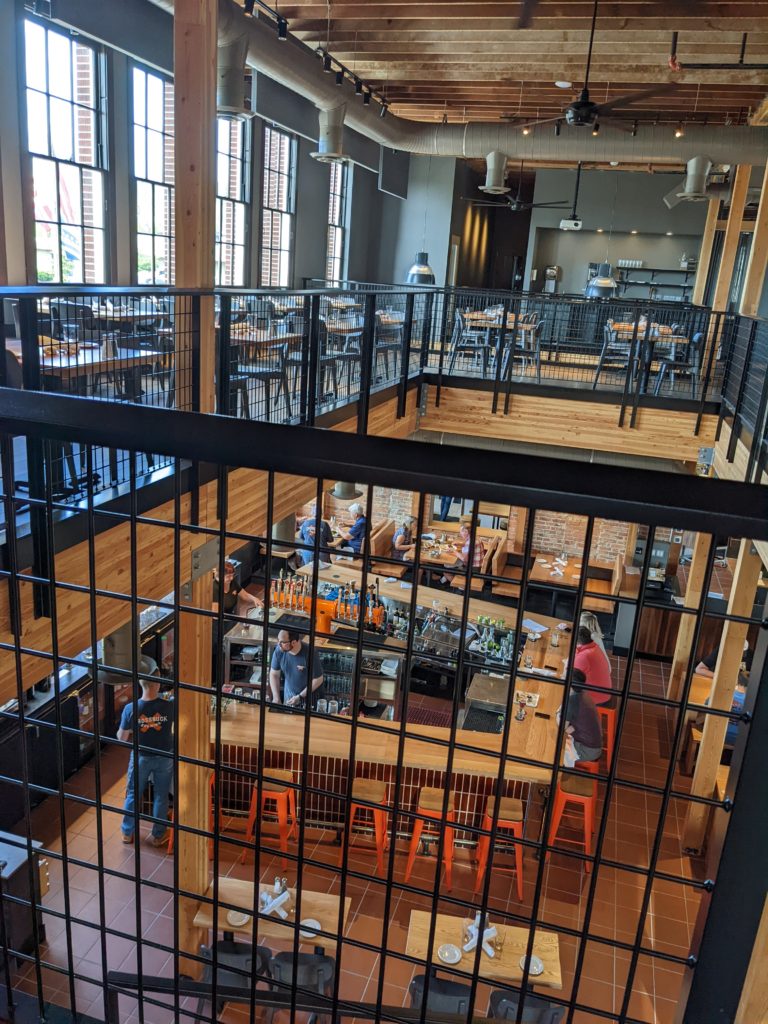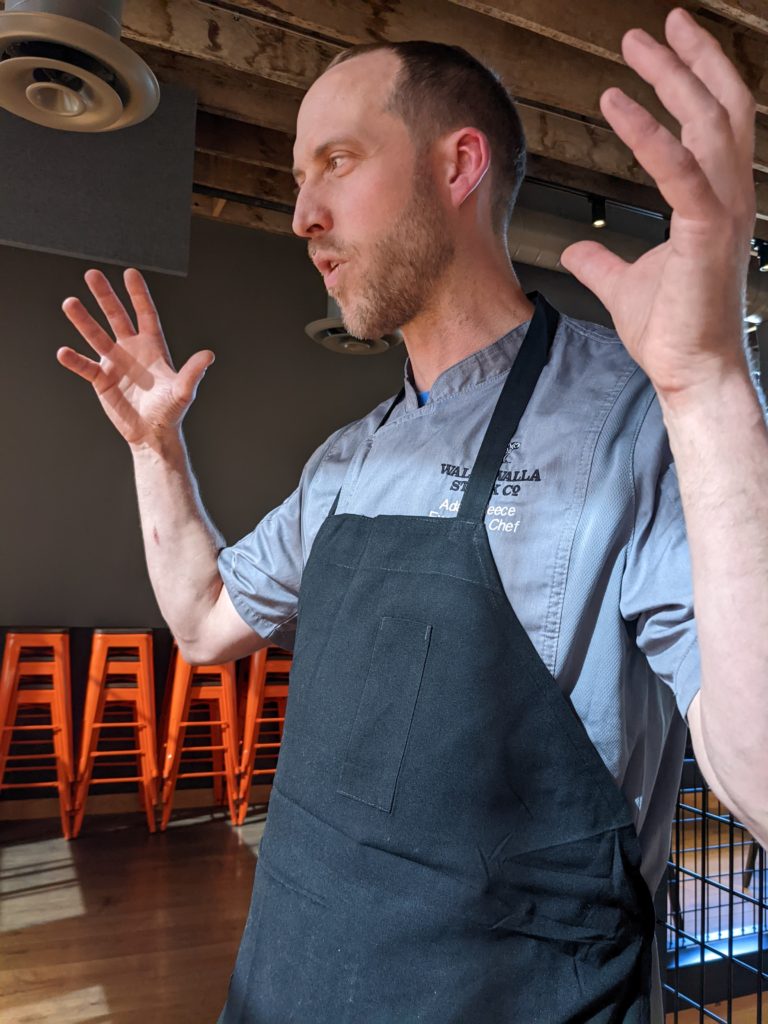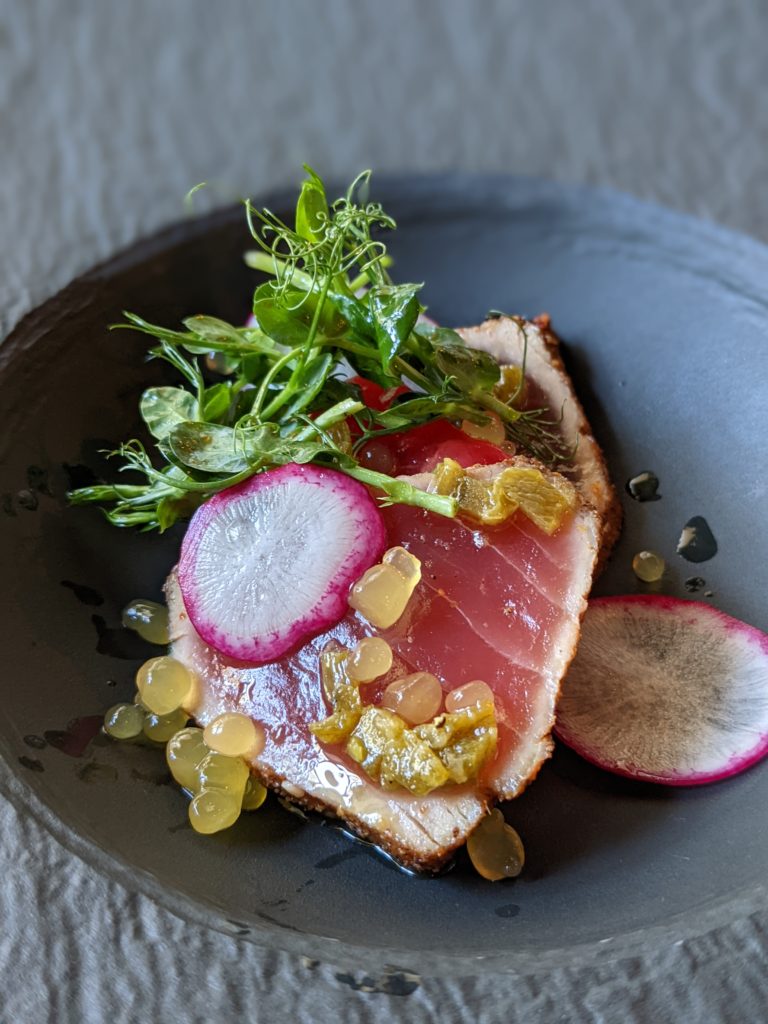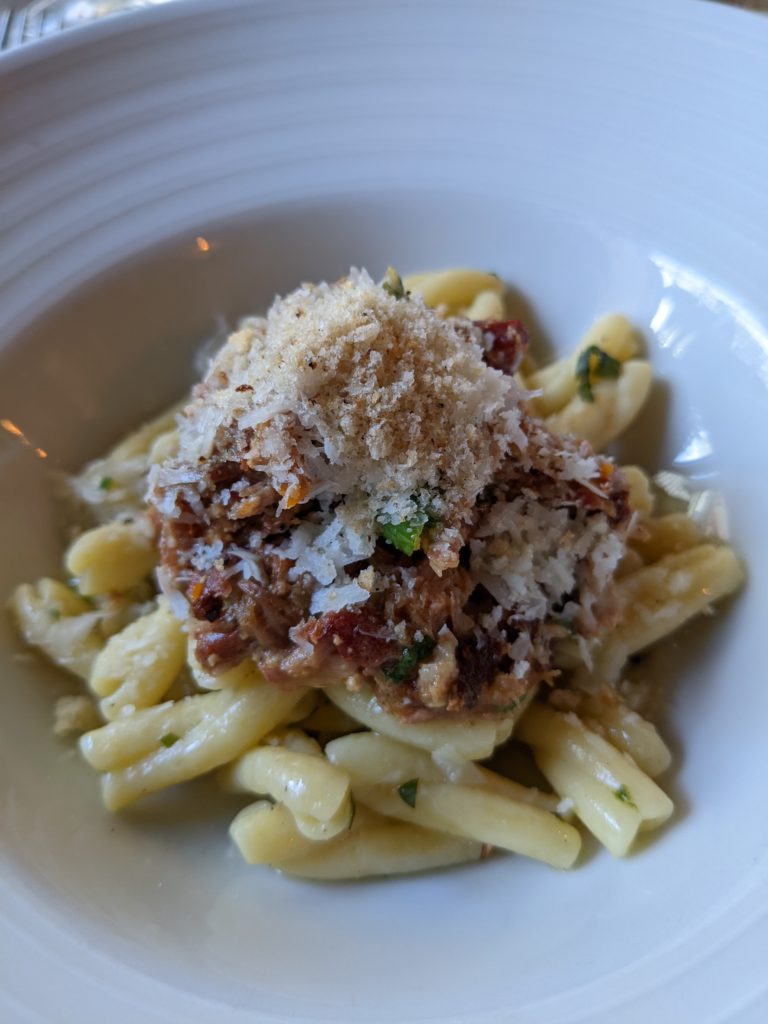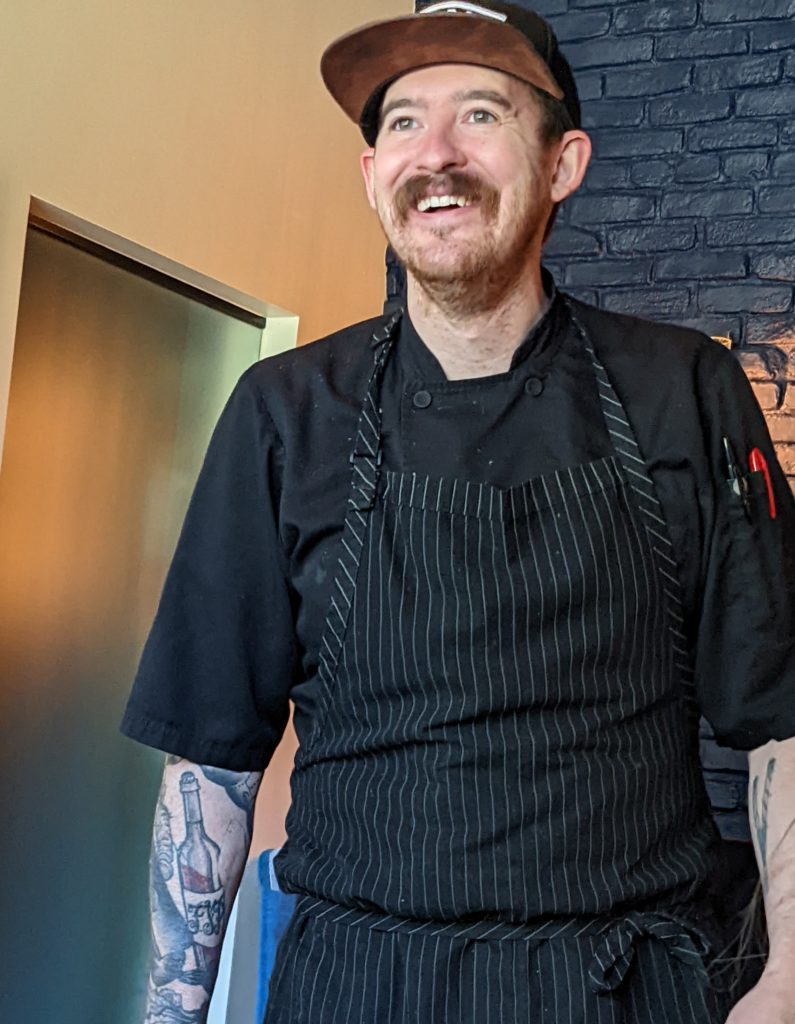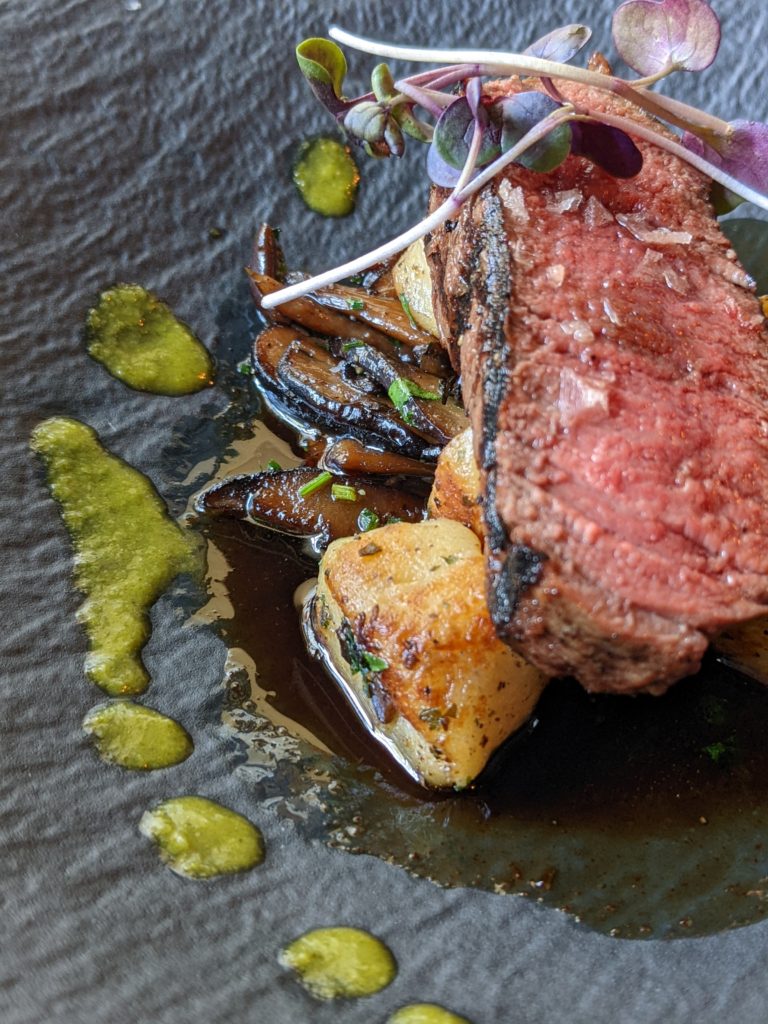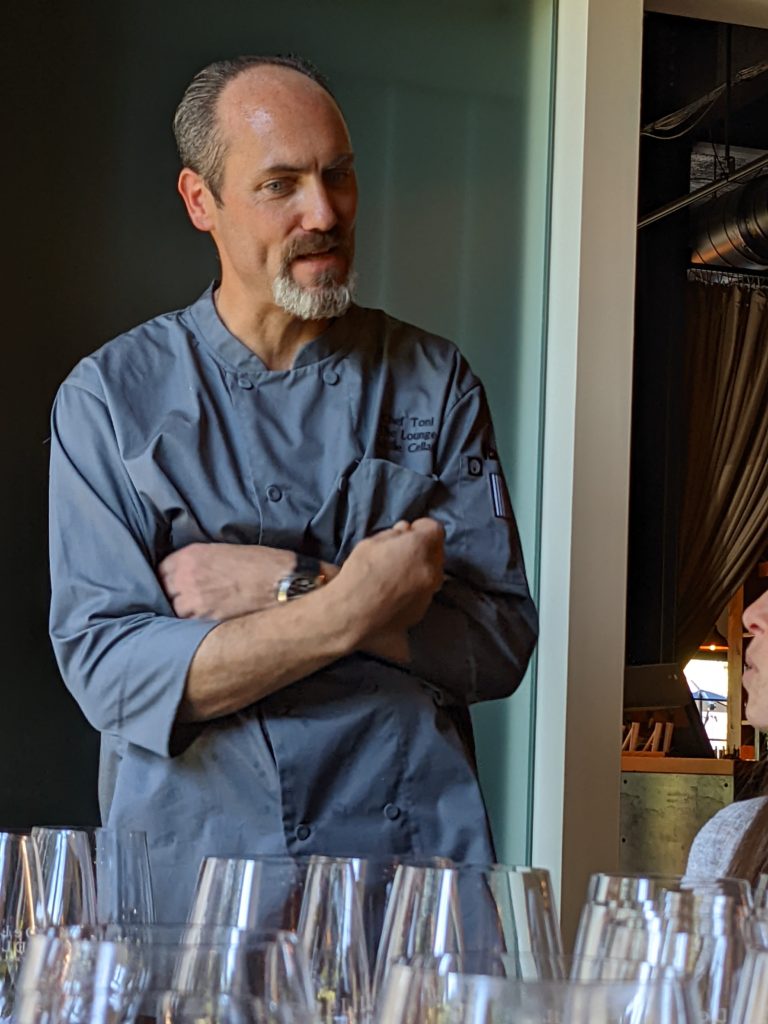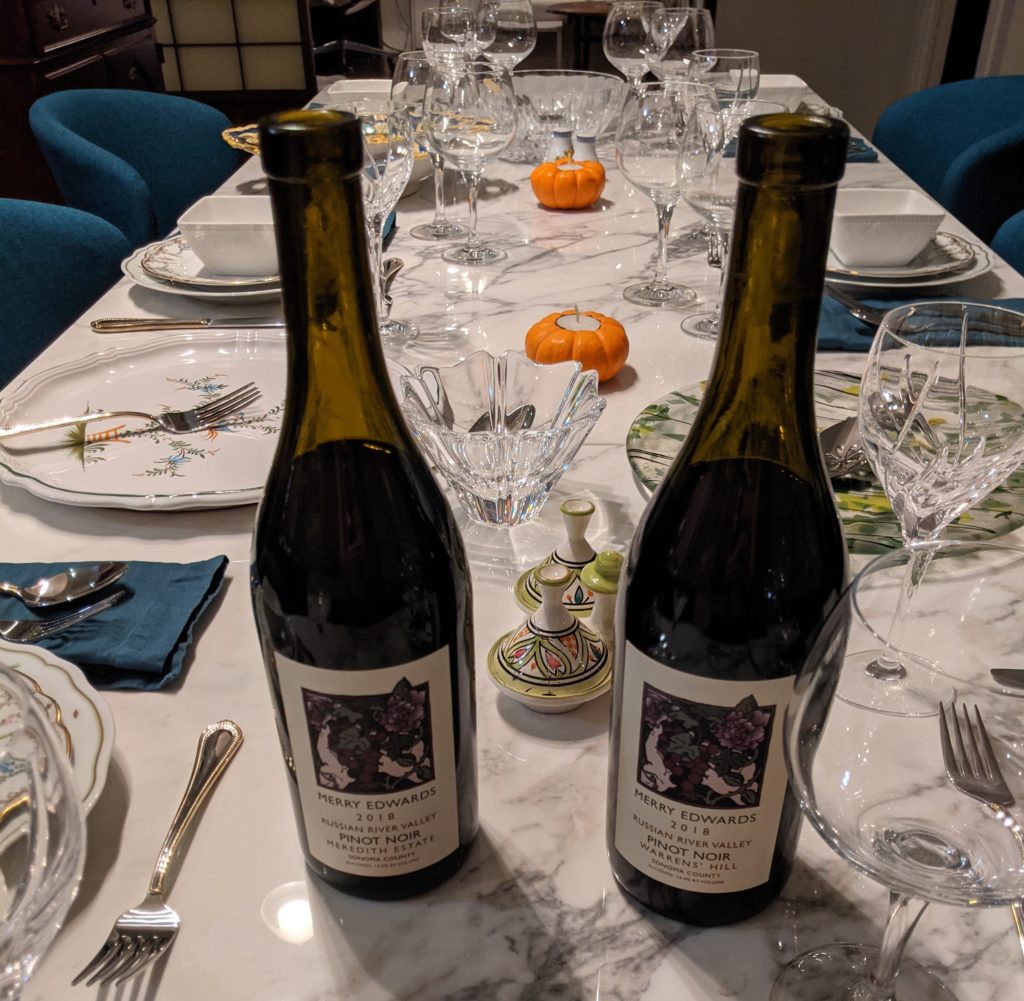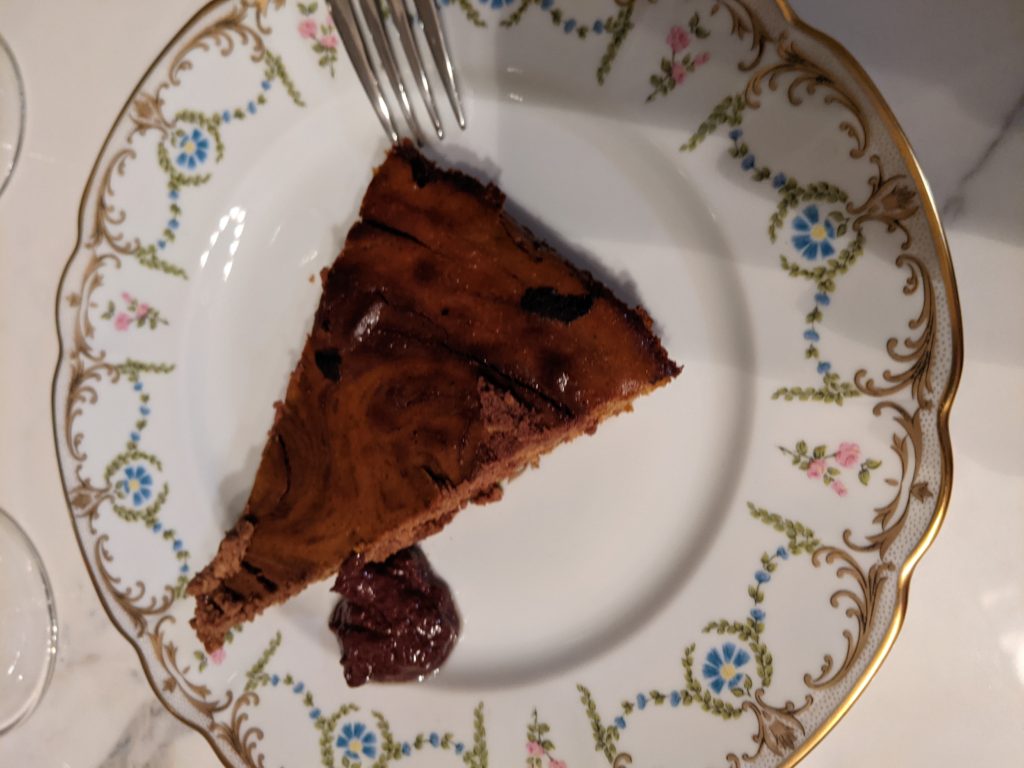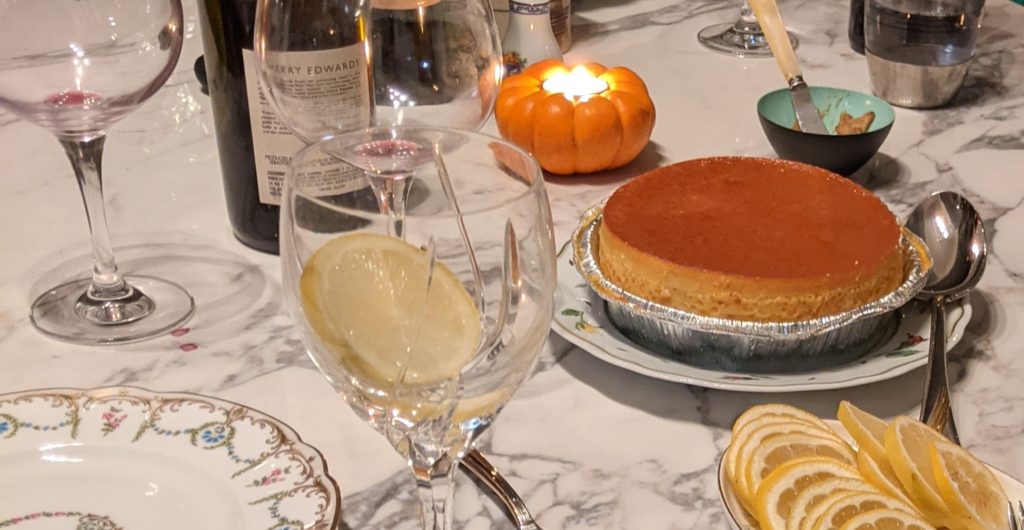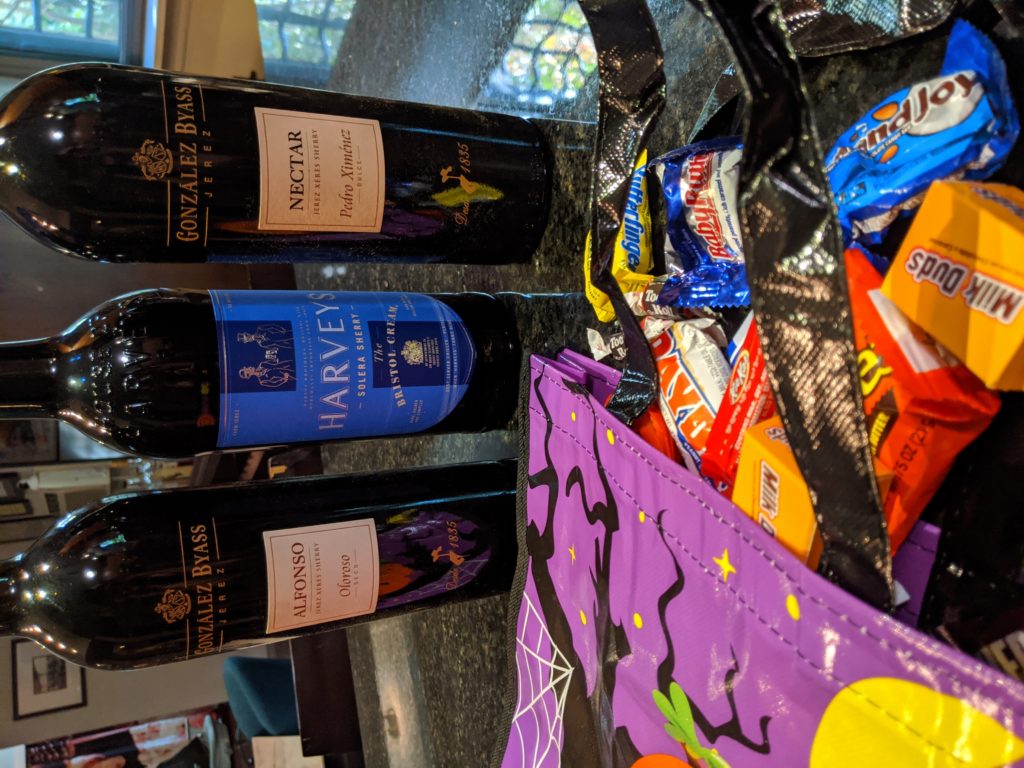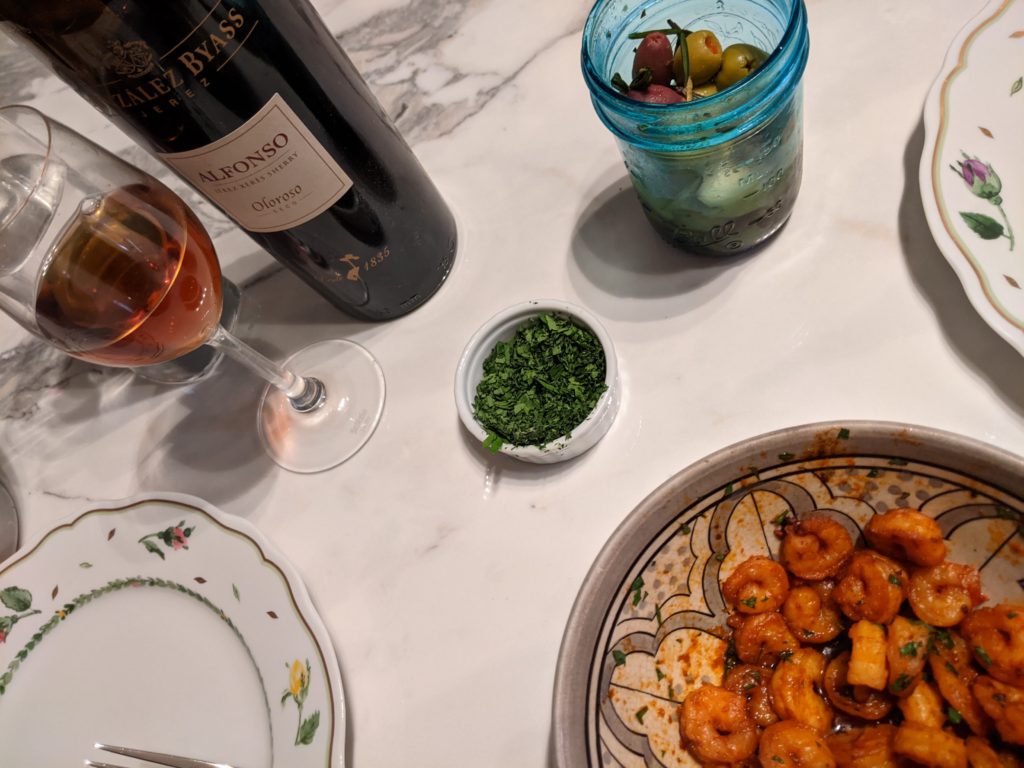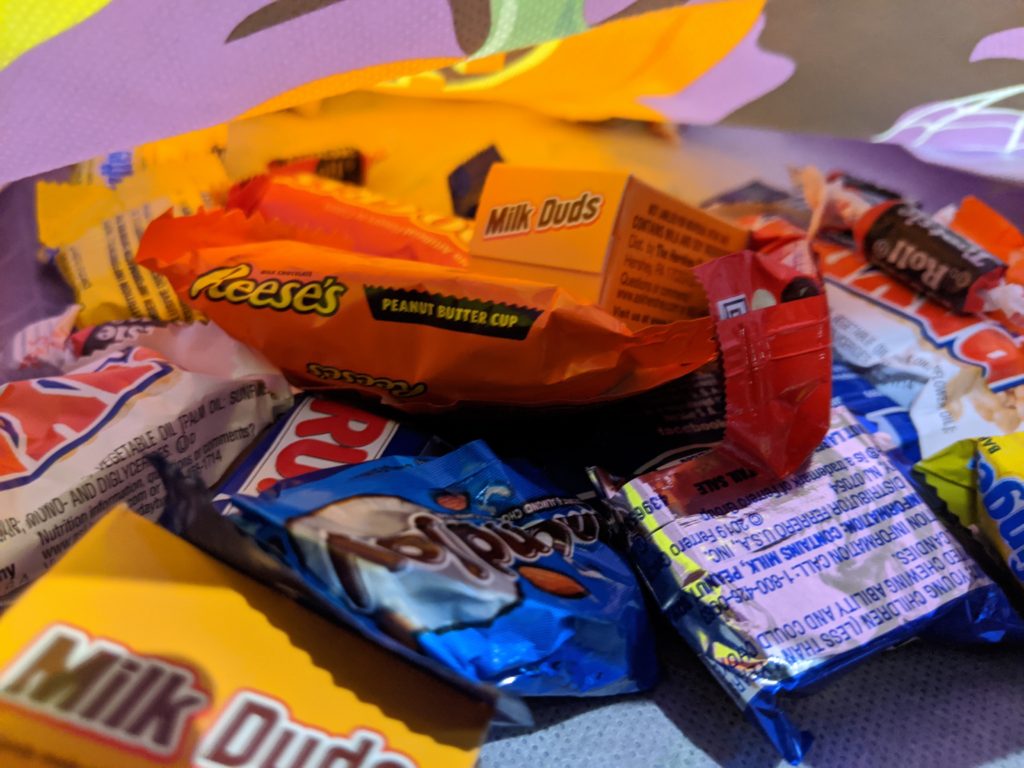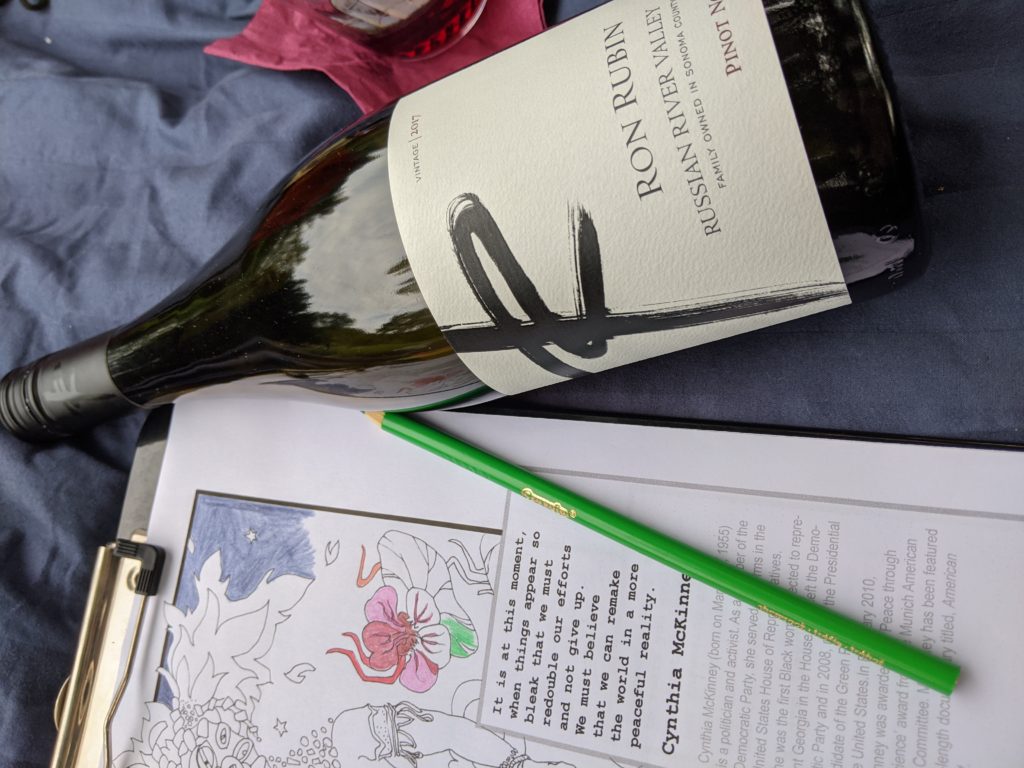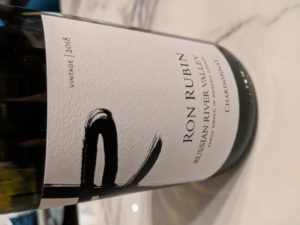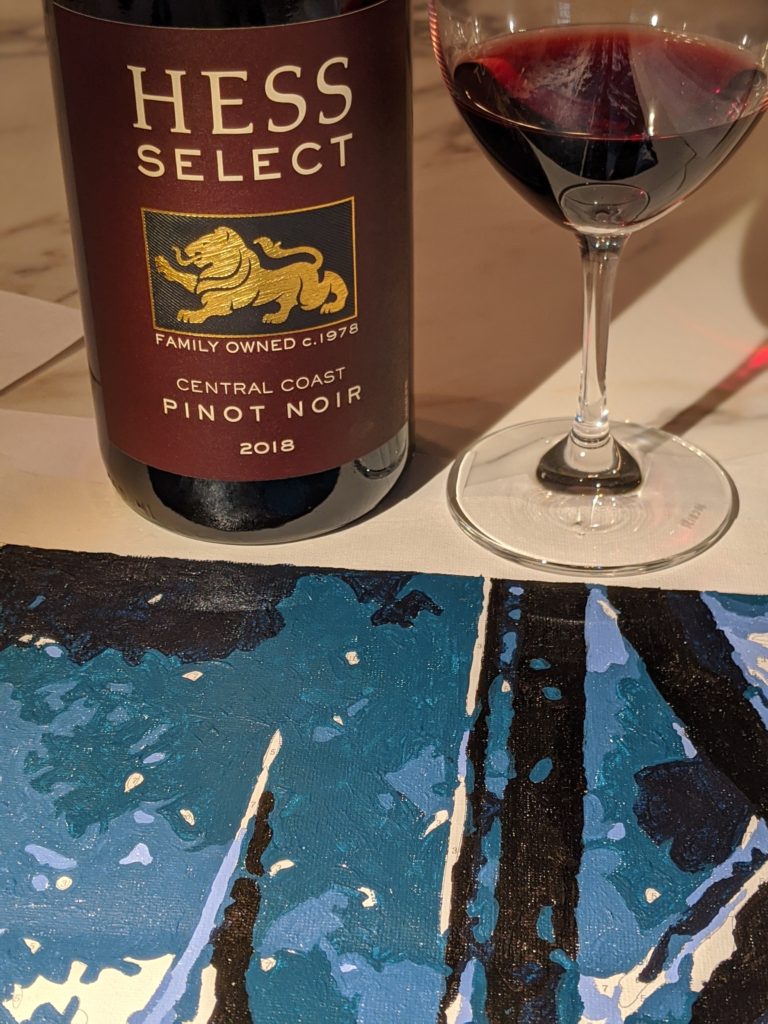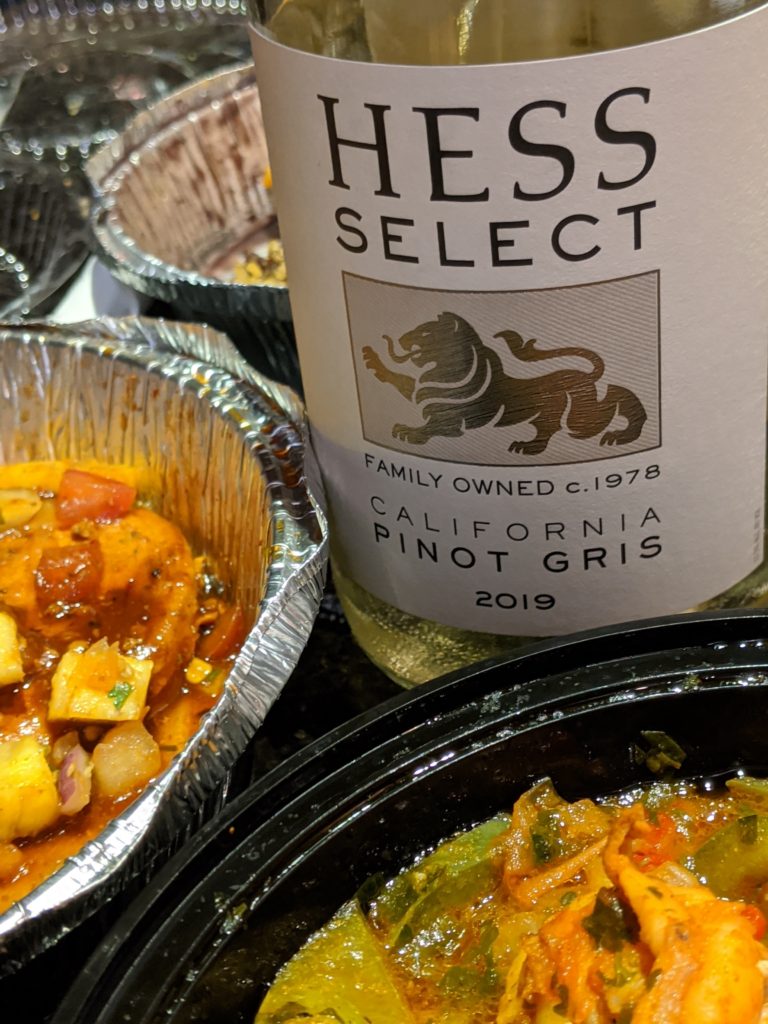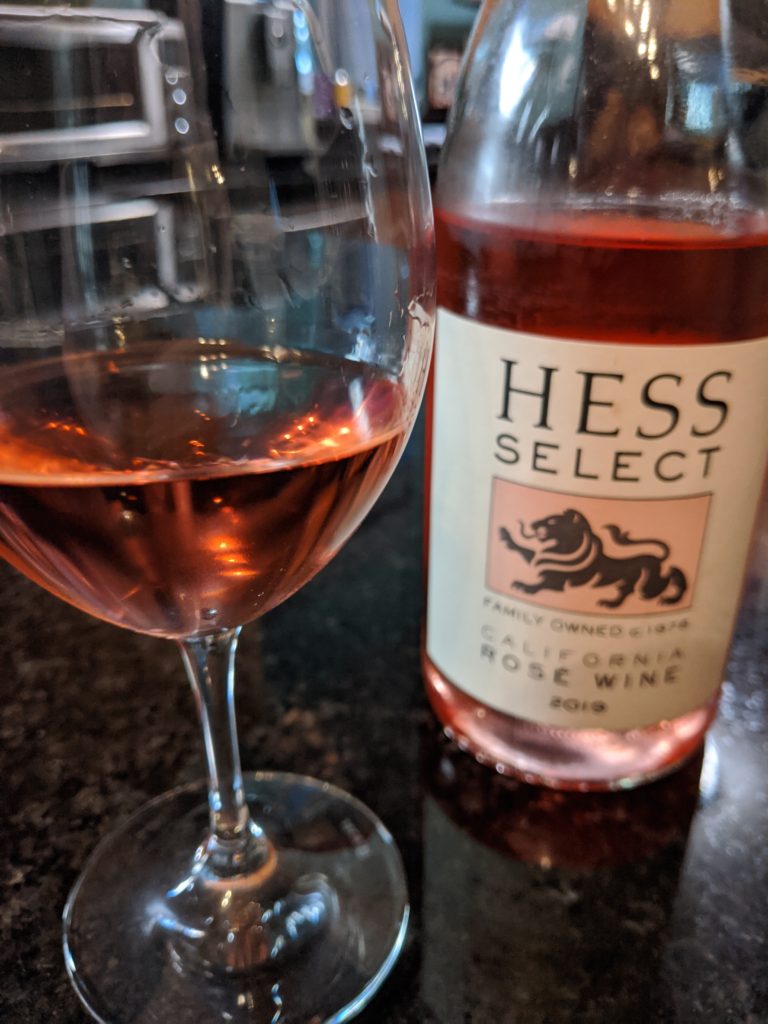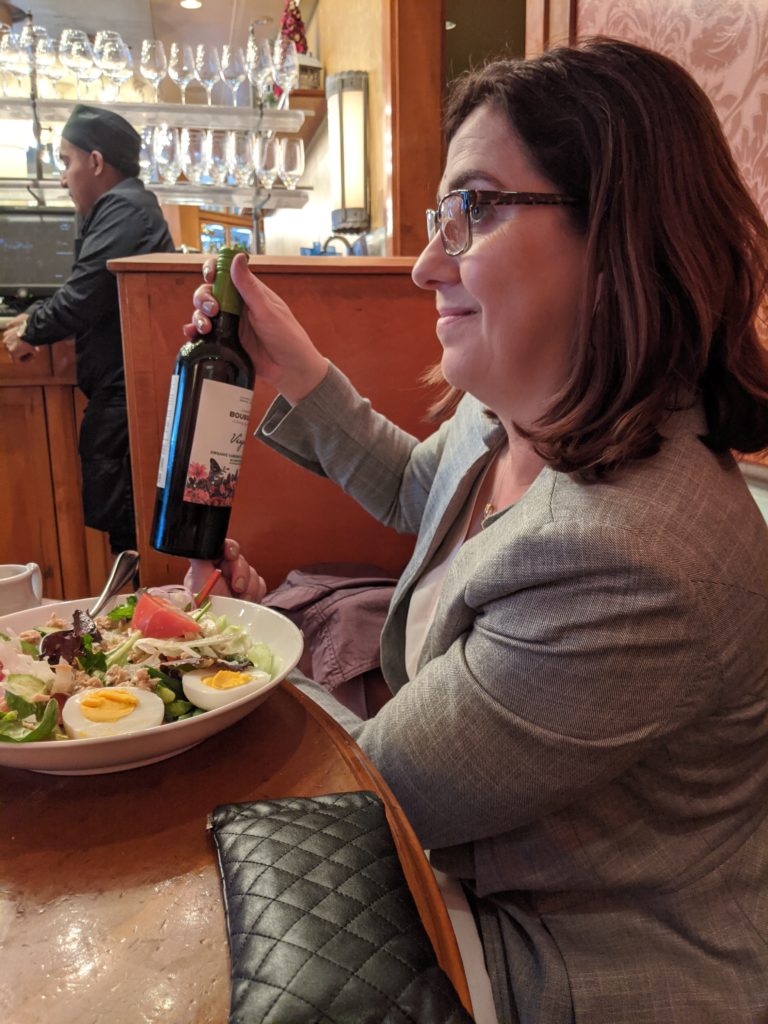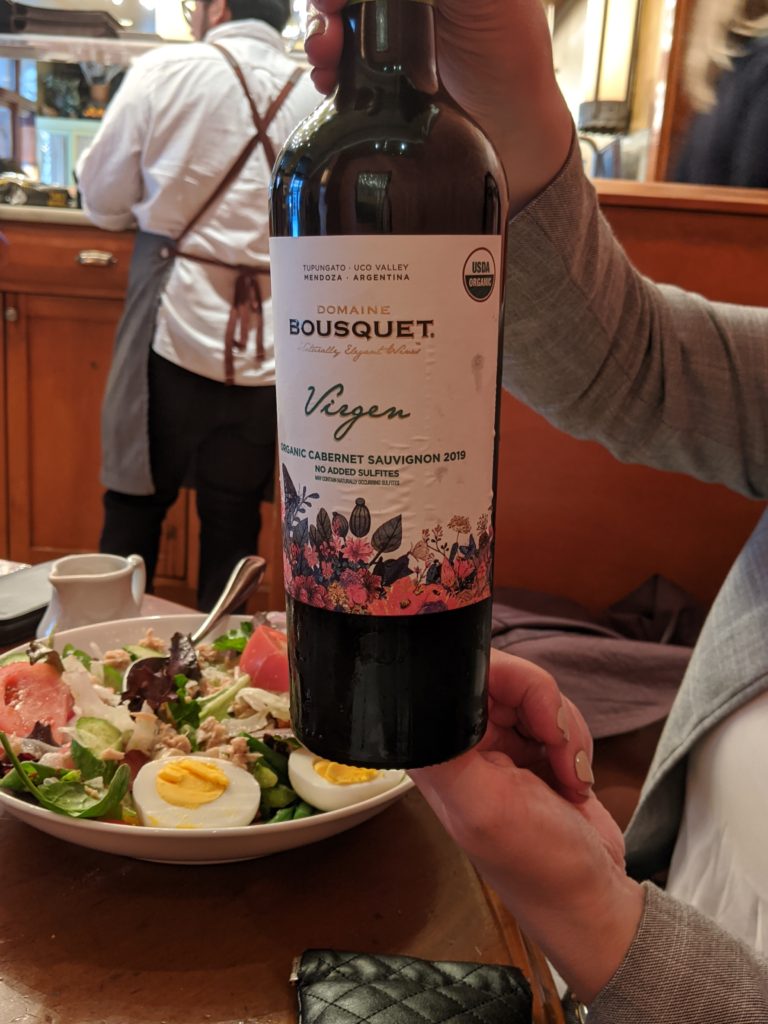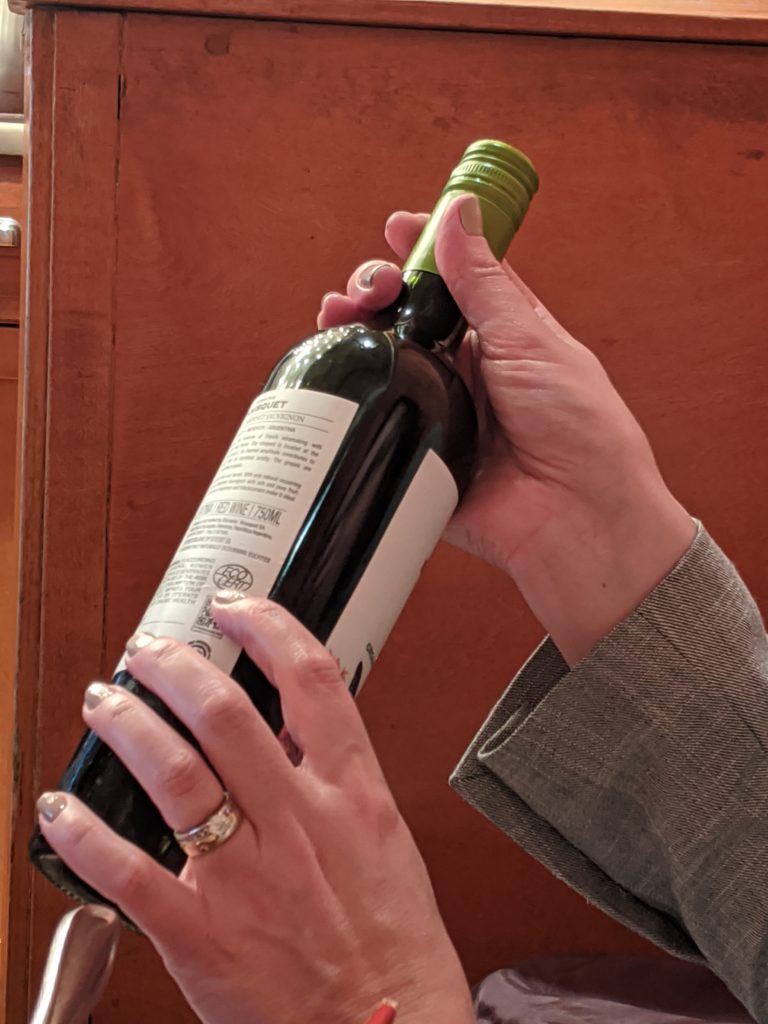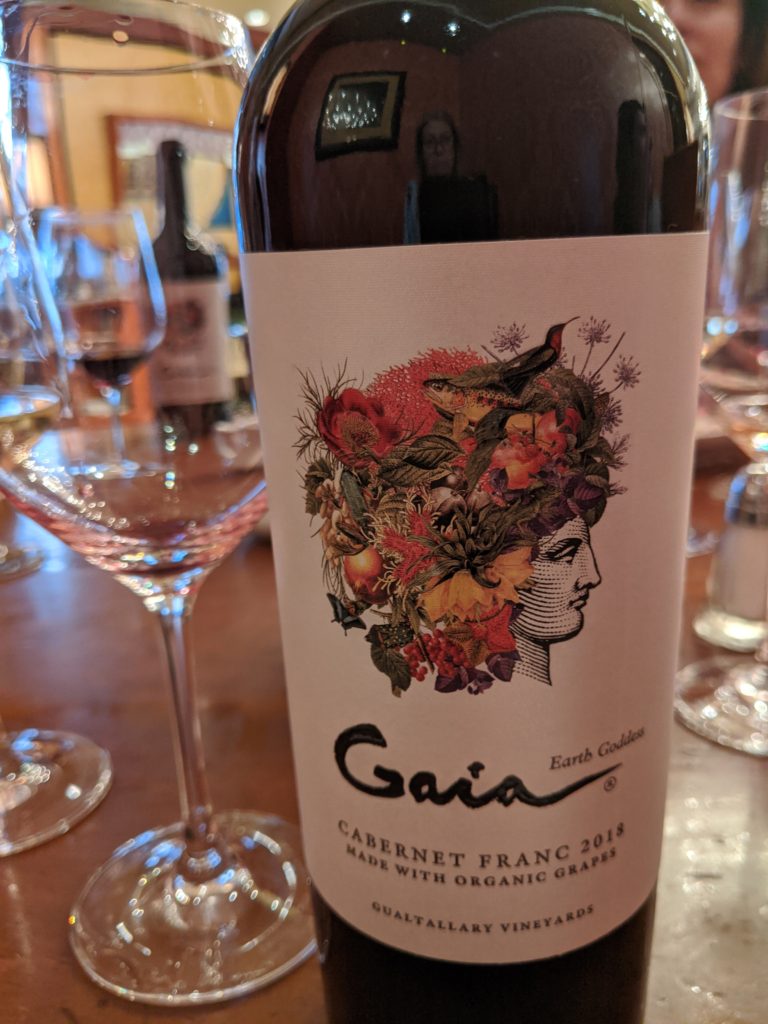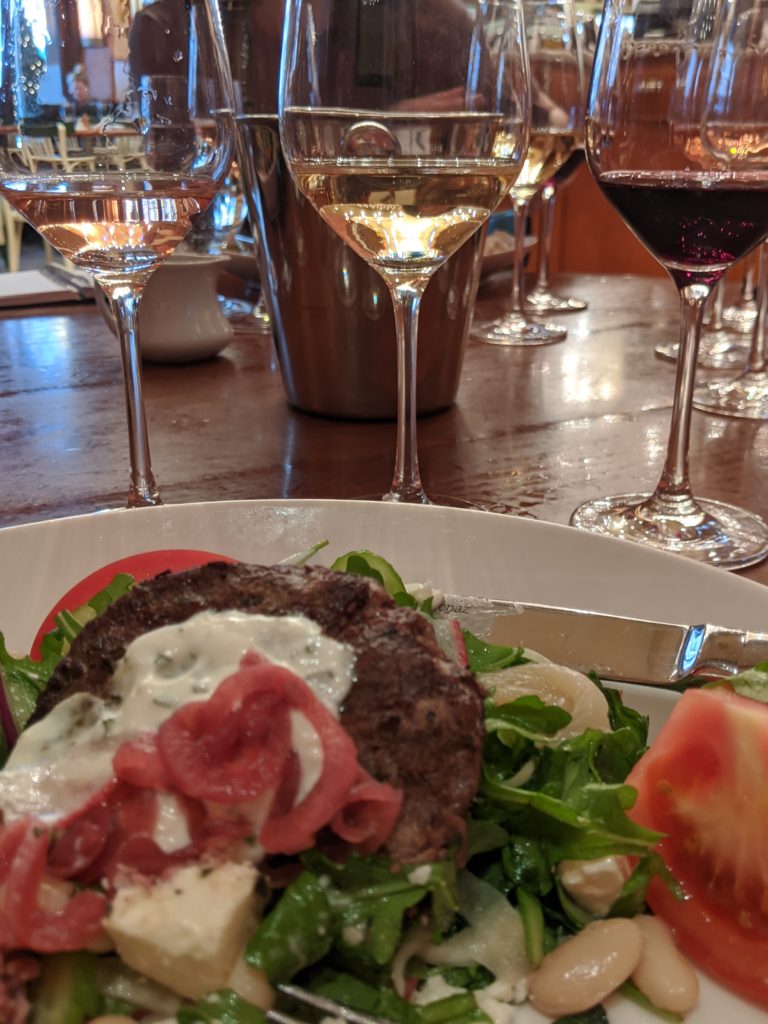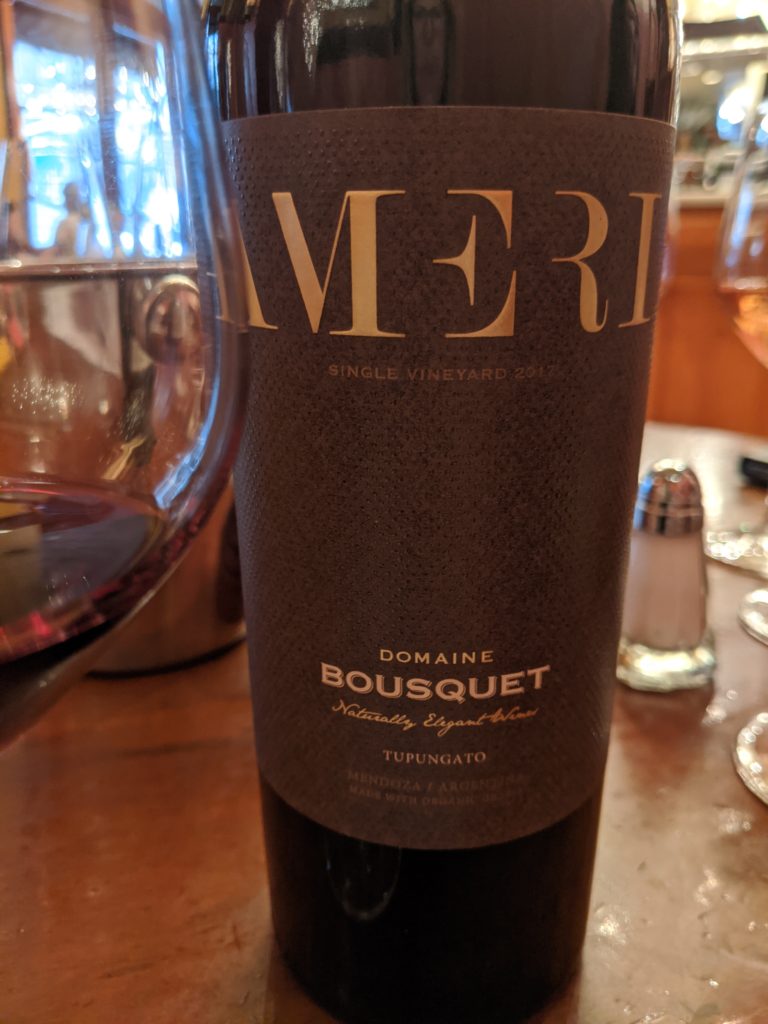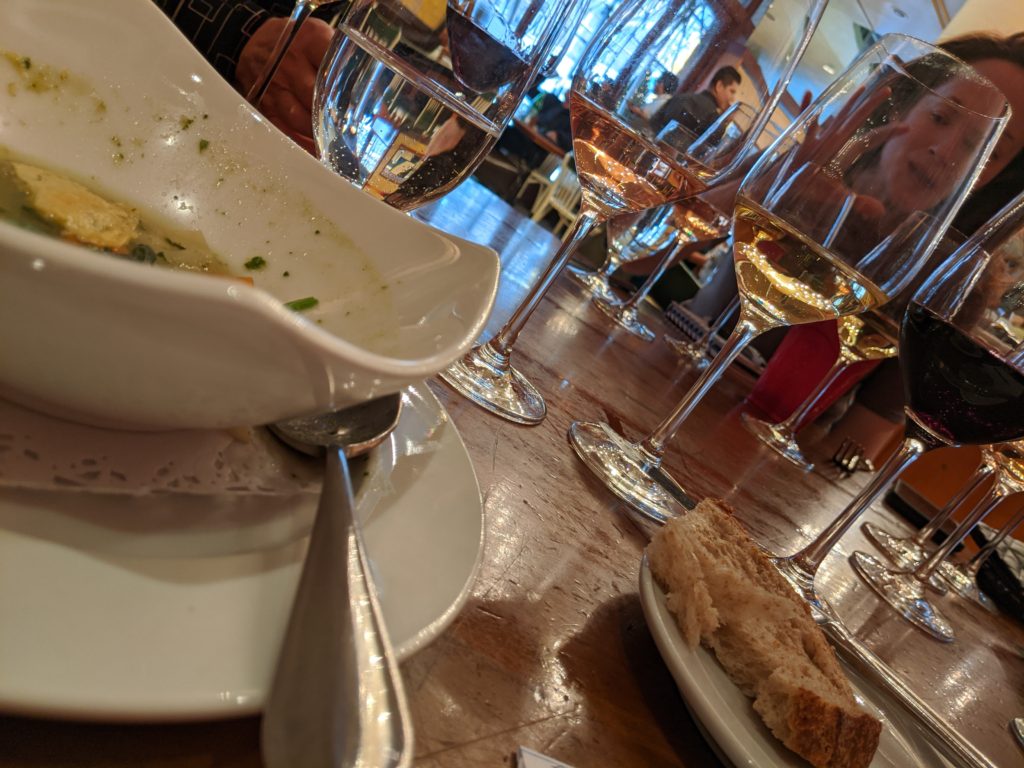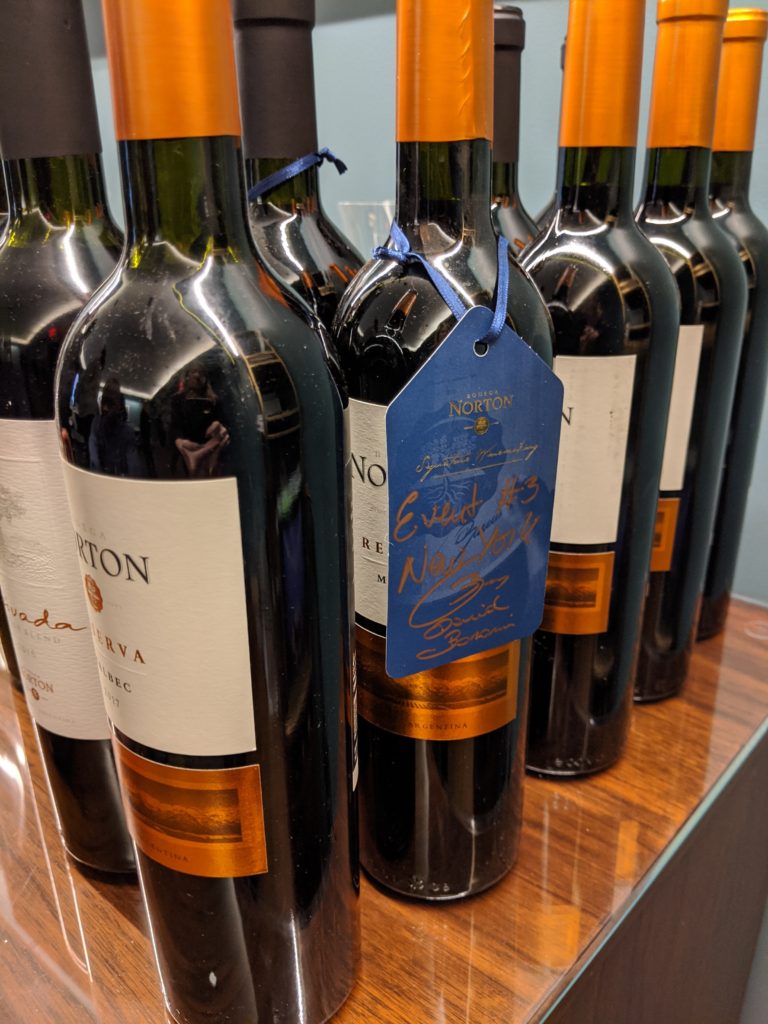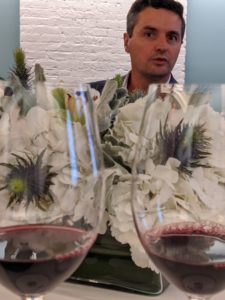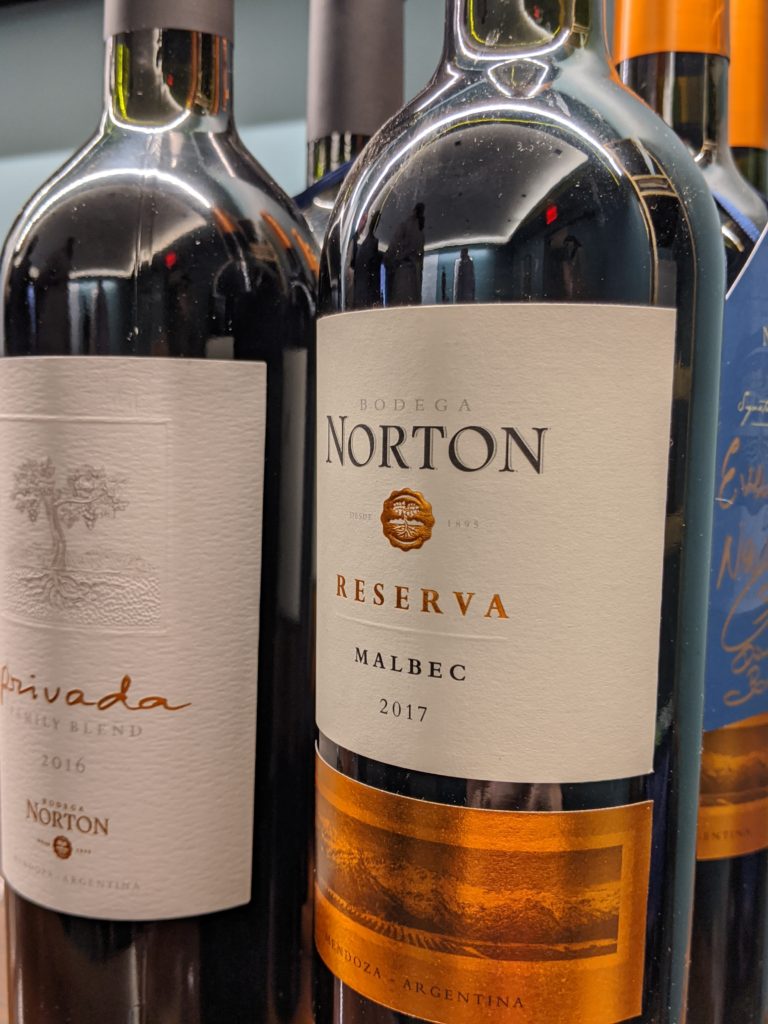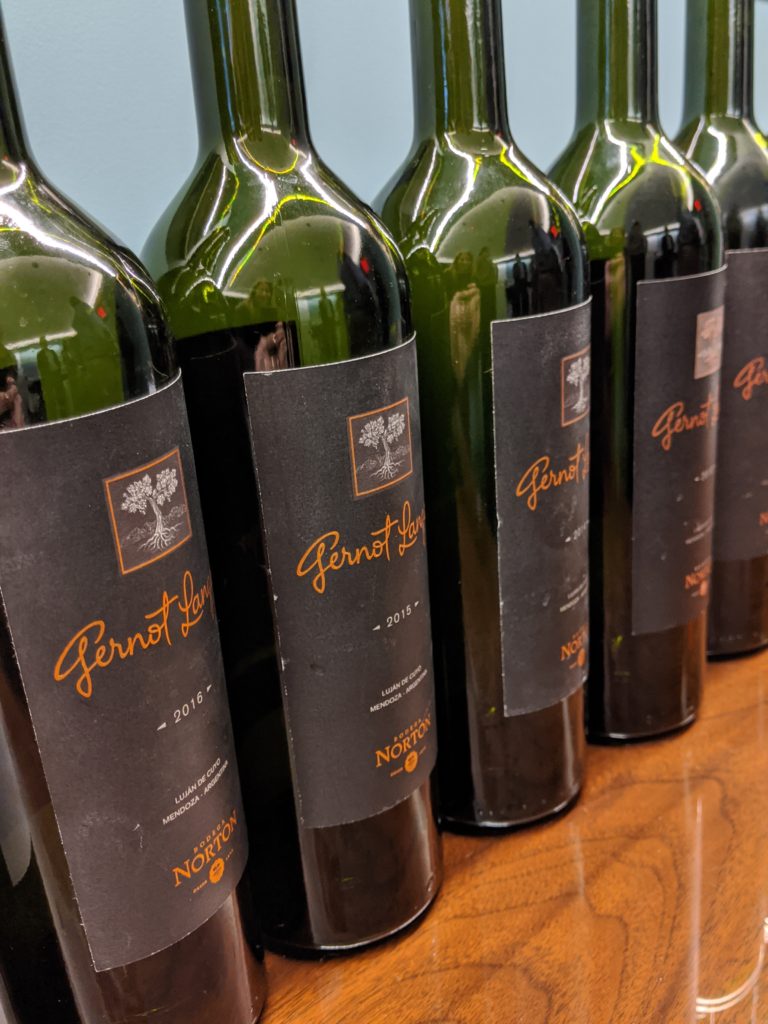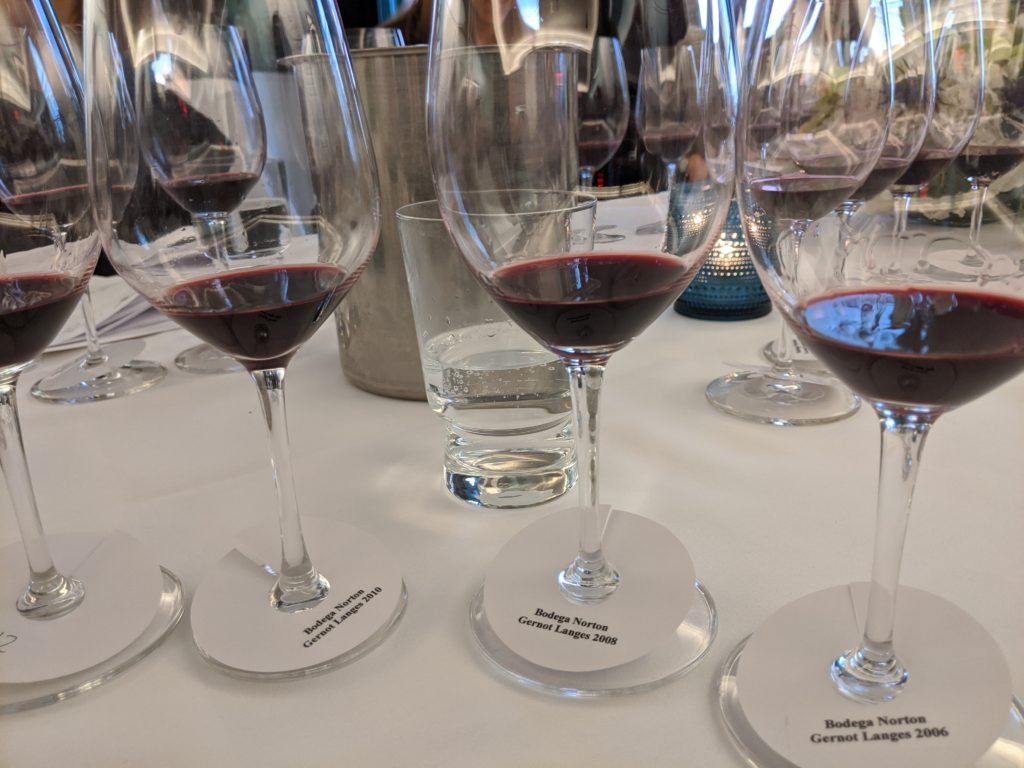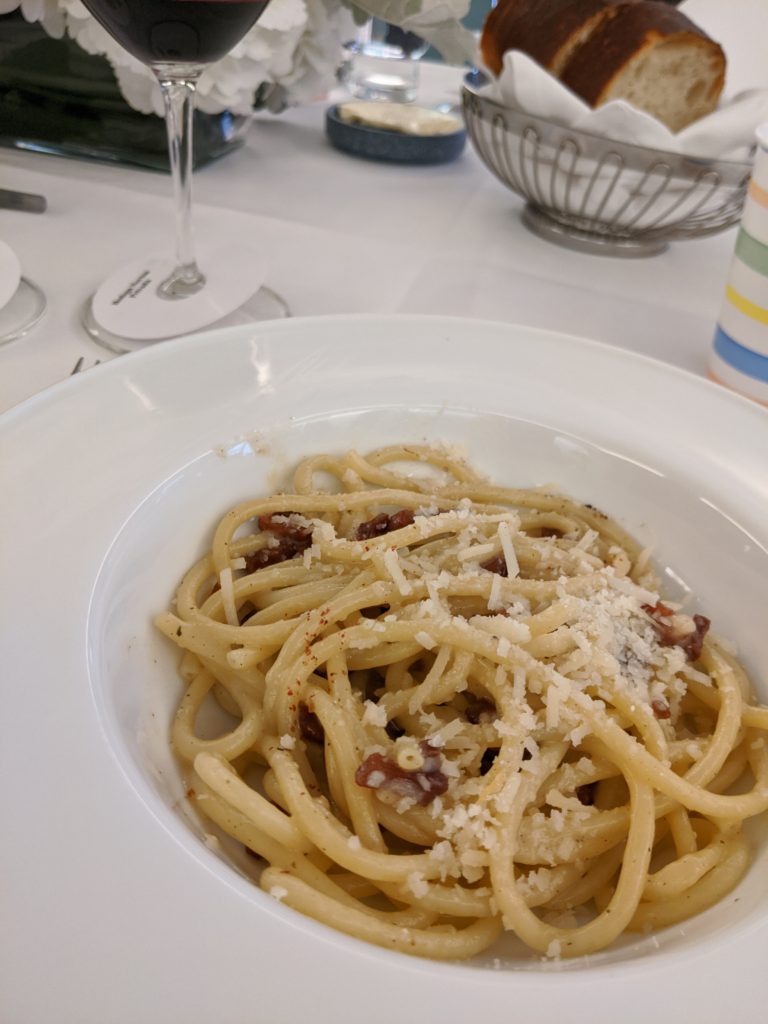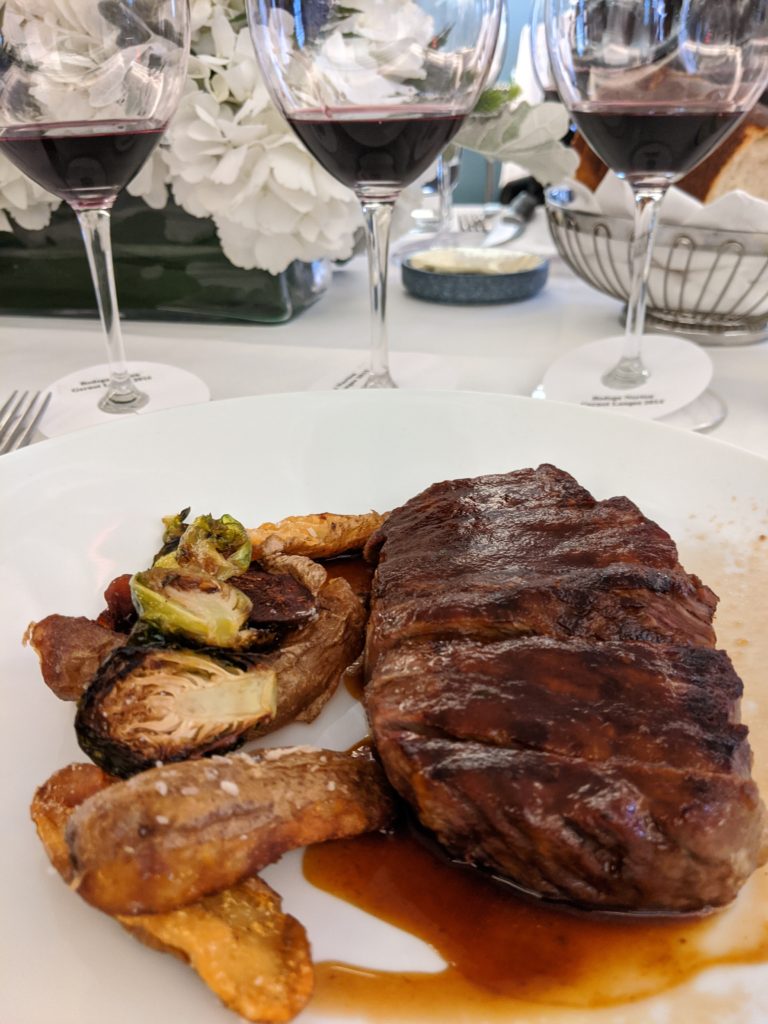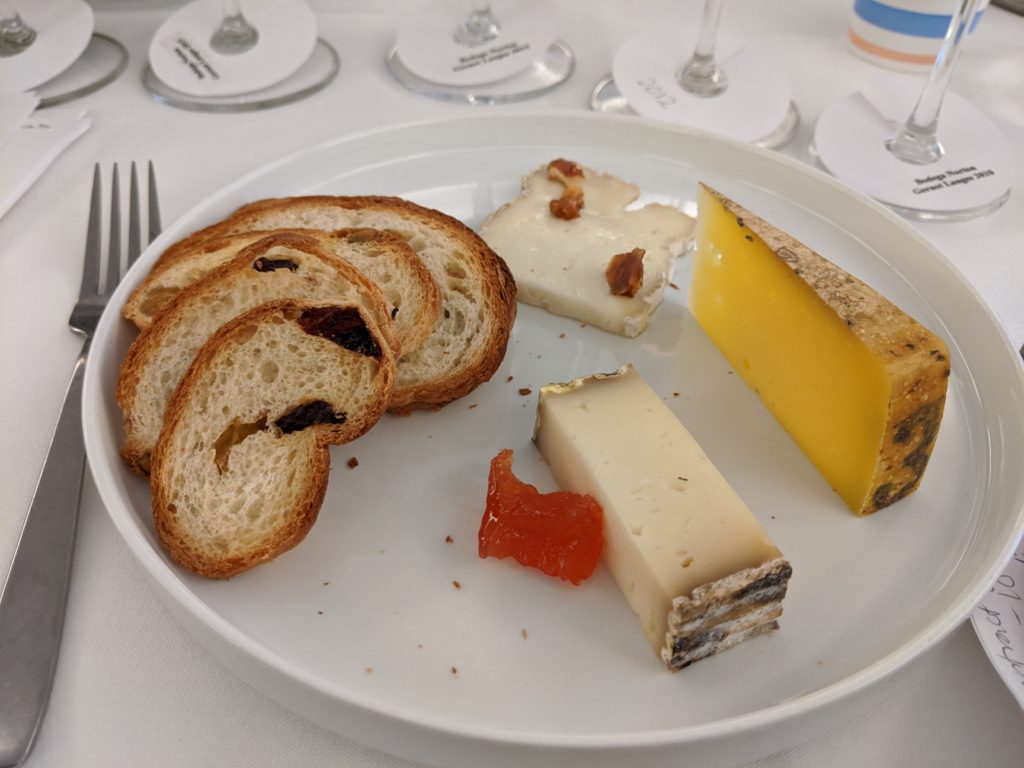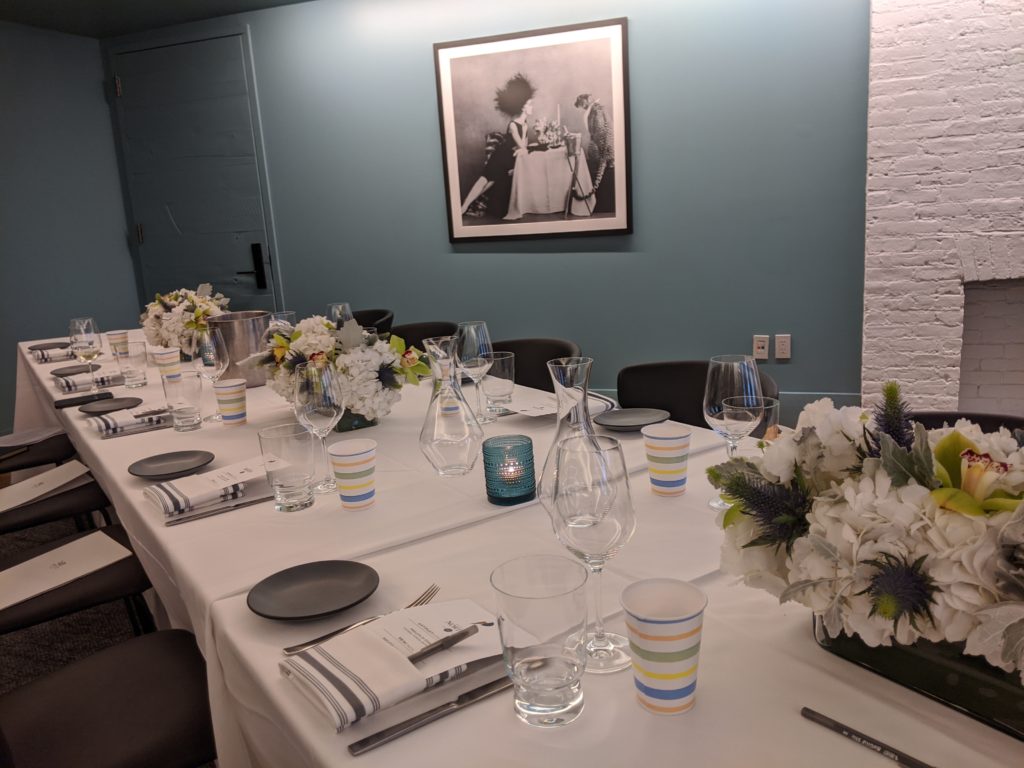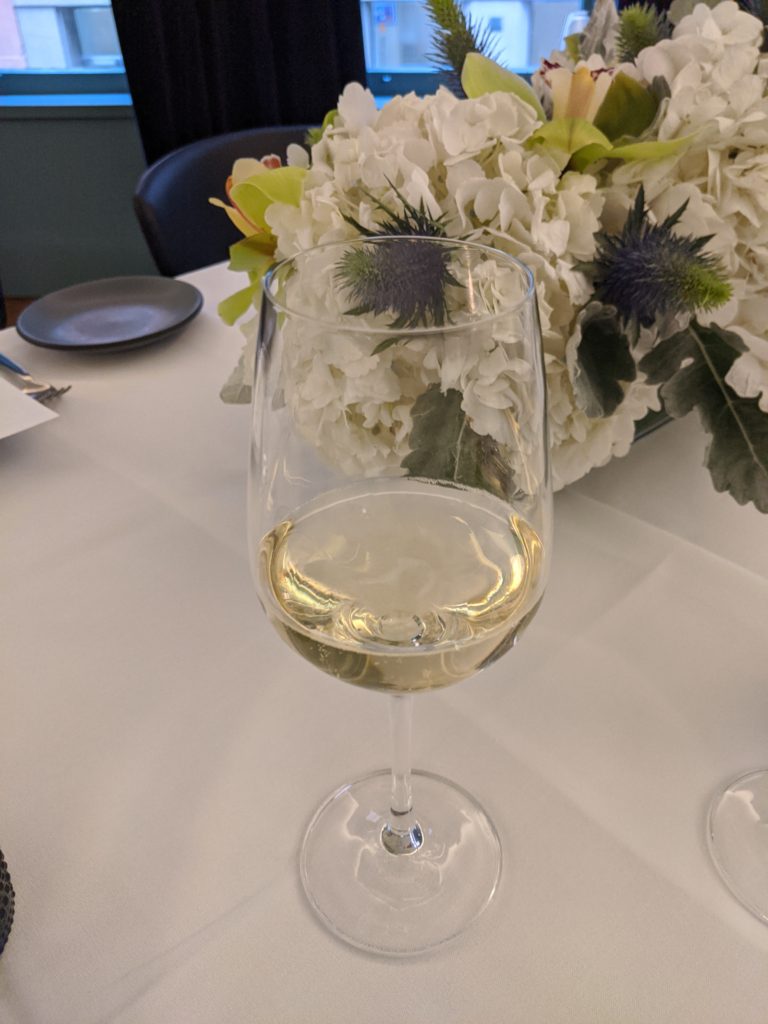
While I have previously tasted and written about Georgian wine, it has been from a more clinical vantage point – tasting wines and taking notes at my own dining table or occasionally sampling one at an adventurous wine bar. However, it wasn’t until last week that I had a much more immersive experience with the wines, food and culture of Georgia, which was an absolute privilege and pleasure.
More specifically, in Georgian culture, guests are seen as a gift from God, which is exactly how I felt at a recent press dinner at the Brooklyn outpost of Chama Mama – a top Georgian restaurant with three locations in New York City.
Due to subway signal issues, I arrived slightly late, feeling a bit out of sorts and overwhelmed as I was introduced to a flurry of people and then further greeted a glass of wine: Chateau Buera Ojaleshi Rose 2021. But, within minutes, the group of us were easily comfortable with one another as we acknowledged both our differences and our shared roots of growing up in the Metro New York area.

Presiding over the dinner were our hosts Nino Chiokadze, executive chef and Lasha Tsatava, wine director. We were also joined by Chama Mama’s chief marketing officer, Mariam Navdarashvili. While long on passion for Georgian wine, Lasha’s tenure in New York is limited to just a handful of weeks (although he has lived in the U.S. since 1998).
But, he is on a mission to share his love and passion for Georgian wine with the United States. In fact, he is so passionate about sharing these wines with the U.S. that he is co-founder with Erica Frey of the non-profit Saperica, whose “mission is to promote Saperavi and other Georgian grape varieties along with Georgian gastronomy and culture in the Finger Lakes, NY and around the U.S., by organizing and facilitating educational seminars and exchange programs between the regions, for wine and culinary professionals and enthusiasts.”
In fact, citing its incredibly long and rich vinous history (in 2017, conclusive evidence proved that Georgia was the birthplace of wines), Lasha was eager to share how Georgia and wine have been inextricably linked forever, which permeates throughout its culture and political history, a point he came back to on several occasions.
After our initial introductions, we gathered around the table to begin our feast, where we were greeted by a beautiful bowl of fresh, seasonal vegetables, including Persian cucumbers, brightly colored red radishes and other farm-fresh produce. From this first taste, our immersion into Georgian culture began.

Lasha explained that the seasoned salt found in a ramekin on the table was typical of NW Georgia, in the mountainous region of Georgia called Svaneti. Associated with the Argonauts and the Golden Fleece (thanks to its mention in Homer’s Odyssey), this area contains the most preserved culture of the country. Bringing together salt and a blend of spices, the mixture was delicious for dipping the aforementioned vegetables and simply enjoying them on their own.
Another important component of Georgian culture was the presence of bread (aka puri) on the table. Joining the vegetables and salt were simple mini baguettes and a flatter, pita-looking bread, both of which had been baked in a wood fired oven. We were encouraged to dip the bread in flavored sunflower oil, known as adjika. This spicy condiment was more flavor than heat and added a delicious dimension to enjoying the bread.
Appetites whetted, we turned our attention to the first course, which further showcased the season with a Spring herb salad, featuring aromatic, springtime tarragon in the dressing. This herby freshness paired beautifully with the white wine served alongside it: Chateau Buera Rkatsiteli 2022. This wine displayed lovely notes of citrus, hazelnut and salinity, with medium acidity, medium body and long length.
At this point, we were provided with a more formal introduction to our other (yet non-present) host of the evening – Château Buera. Buera is situated in Kakheti, an area that Lasha likened to the Napa Valley, and which represents 75% of the country’s plantings and 70% of its total wine production.
Château Buera was established in 2018 by Goga Maisuradze who is also the founder of Lopota Spa Resort and is responsible for spearheading tourism to the region. Here, the focus is on European wine making, while celebrating indigenous varieties (such as Rkatsiteli, Ojaleshi and Saperavi) and centuries-old winemaking. In this regard, Lasha described Buera as a modern, visionary producer and further shared that many of the wines had been aged, not just in oak, but also in clay vessels known as qvevri. Also important to note is that Chateau Buera utilizes sustainable agriculture practices in its vineyards and is in the process of obtaining BIO certification.
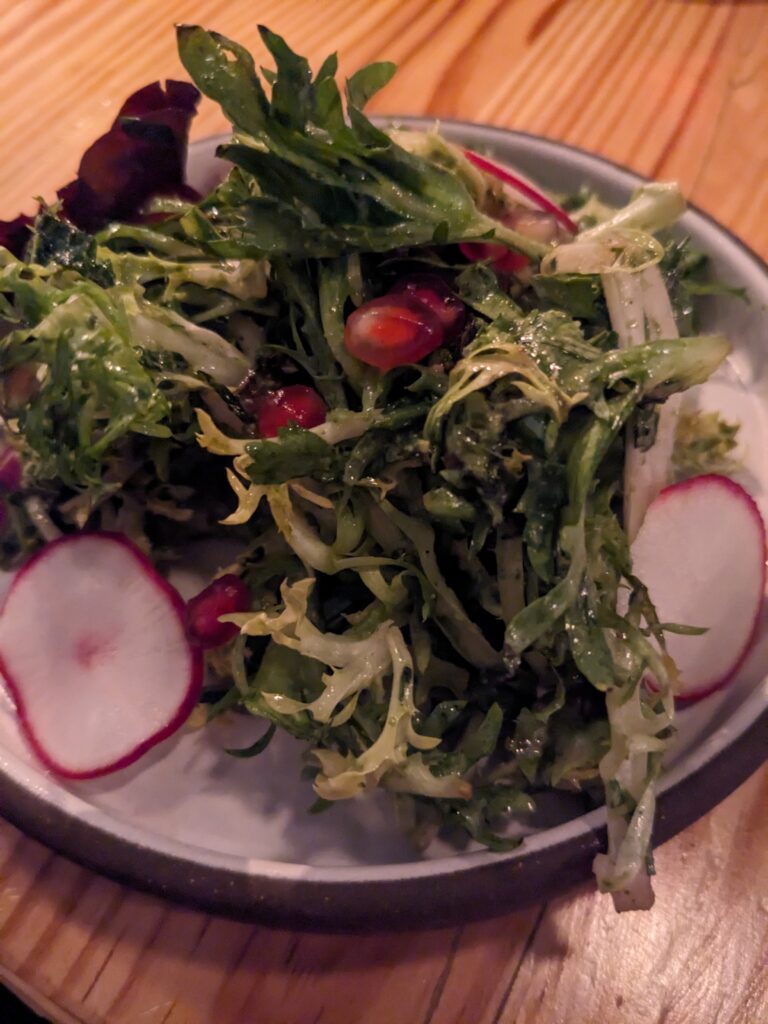
Equally important, as the meal progressed, we were given a glimpse into classic Georgian culture – the Supra, which is a feast hosted by a toastmaster, referred to as the Tamada. Clearly serving as our tamada, Lasha held his glass aloft and welcomed us to the table, noting our shared love of food, wine and travel, a very apropos toast and a lovely way to highlight how our shared experiences bring us all together.
Typically, these feasts feature immense tables heavily laden with food, dozens of people and toasts that last well into the night. Some of the extended nature of these events can be attributed to the Tamada’s nomination of an Alaverdi – someone nominated to elaborate on the toast. Fortunately, the nominations were limited and while our evening was no less memorable or special, it gratefully left us only tipsy and home before midnight.
Salad plates cleared, we were brought our second course, which consisted of a “Taste of Georgia,” starring four different pkhali (spreads) – spinach, cabbage, beans and eggplant – served alongside two different breads. These spreads are prepared with walnut paste and other seasonings such as garlic, cilantro and pomegranate. The bread options were the open faced, seasonal khachapuri, topped with fresh tarragon and basil and the imeruli khachpuri stuffed with farmers and other cheeses, which was reminiscent (to me) of a cheese borek.
Lasha suggested different combinations of the spreads with the bread options and added to the permutations by serving a trio of Amber wines. The Amber wine style is a category especially close to Lasha’s heart and one that they are actively building at the restaurant. While some people may be familiar with skin-contact, orange wines, they deliberately use the term Amber (instead of orange) as these are skin-contact wines that are specifically aged in clay qvevri.
Our flight consisted of an “Intro to Amber” wine, “Combo” and a “ ‘Full-On’ Amber”, denoting three different styles of these wines. Lasha explained that these wines provided a 3D experience with clay serving as a third dimension in addition to the more common use of stainless steel and oak.
Hailing from Western Georgia, the Intro wine (Tsolikouri Amber 2020, with one month of full skin-contact and six months in qvevri) offered up more fresh fruit with low tannins; more tannic than the Intro and with less fresh fruit character, the modern innovation Combo wine (Chateau Buera Qvevri Amber 2019) had been aged in oak. Finally, the “Full-On style (Pat’ra Marani Rkatsiteli 2021) was redolent of rich, dried fruit and was more overtly tannic on the palate. A similar Amber flight is always on offer at the restaurant as are ones featuring white wines, Saperavi wines and a trio of white, amber and red.
From breads and spreads, we shifted to heavier fare, with pork mtsvadi, pork skewers that had been marinated for at least 24 hours. The Chef further clarified that dried vine stems are used alongside the charcoal when cooking the meat. This course was served with the Château Buera Saperavi Reserve 2018, which had been aged in French oak for 12 months and then another 12 months in bottle, before release. This wine offered up beautiful notes of black cherry, chocolate and cocoa powder and toast, with good acidity, ripe tannins, full body and long length.
The pork plate was followed by lamb chops similarly marinated for a lengthy period of time and also sprinkled with pomegranates, adding sweetness and tartness in contrast to the meaty flavors. The chops were accompanied by the Dekanozishvili Dry Red 2017, a blend of 70% Saperavi, 20% Otskhanuri Sapere and 10% Shavkapito. The wine had been fermented in both qvevri and oak, aged in oak barrel for 18 months and had also been produced using the appassimento method of drying out the grapes over a period of months to naturally reduce their water content and thereby increase the concentration of flavors. At seven years of age, this showed some development on the nose and palate with aromas of smoke, toast, forest floor and black fruit. It was intense with heady flavors, culminating in very long length.
Nearly sated with food and drink, we were presented with one last course: Pelamushi, which is a “traditional Georgian sweet grape pudding topped with glazed walnuts”. To produce this dish, grape juice retained from during harvest is significantly reduced to concentrate the flavors and cooked with flour to produce a gelatinous, yet tasty, dessert. The course was paired with the Royal Khvanchkara Khvanchkara Red Semi-sweet 2018, from NW Georgia featuring a blend of the Alexandrouli and Mujeruli grapes.
As we lingered at the table a little longer, Lasha insisted upon us tasting a little Chacha, Georgian distilled beverage produced similarly to Grappa, produced from the Rkatsiteli grape and “blended with glacier-based water from the Caucasus mountains, aged in qvevri (handcrafted clay vessel) for 3-4 month and charcoal filtered before bottling”. It was very smooth, balanced and a refreshing palate cleanser.
We had finally come to the end of our evening and reluctantly bid our hosts farewell. We might not have quite become friends, but we certainly left feeling more connected, having shared a very special experience that truly immersed us in the ways of Georgian wine and food. Whether or not guests are seen as gifts from God, having been a part of this magical evening was truly a gift!
LIST of WINES TASTED
- Chateau Buera Ojaleshi Rose 2021, Lechkhumi, Georgia
- Chateau Buera Rkatsiteli 2022, Khakheti, Georgia
- Tsolikouri Amber 2020, Georgia
- Chateau Buera Qvevri Amber 2019, Kakheti, Georgia
- Pat’ra Marani Rkatsiteli 2021, Kakheti, Georgia
- Chateau Buera Saperavi Reserve 2018, Kakheti, Georgia
- Dekanozishvili Dry Red 2017, Kakheti, Georgia
- Royal Khvanchkara Khvanchkara Red Semi-sweet 2018, Racha, Georgia
- AMBE wine spirit from Rkatsiteli grapes

